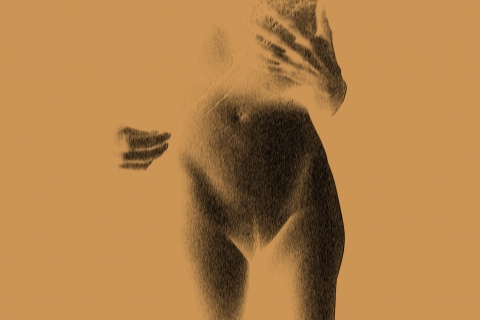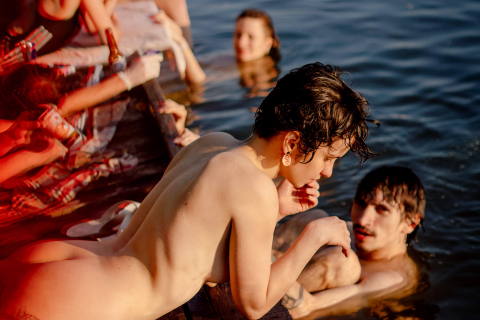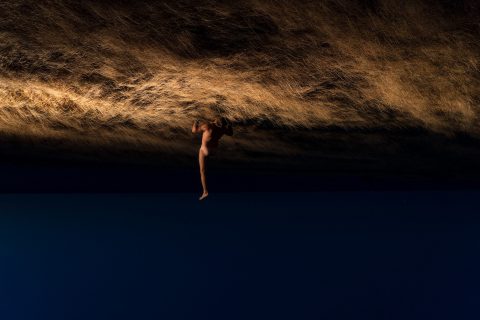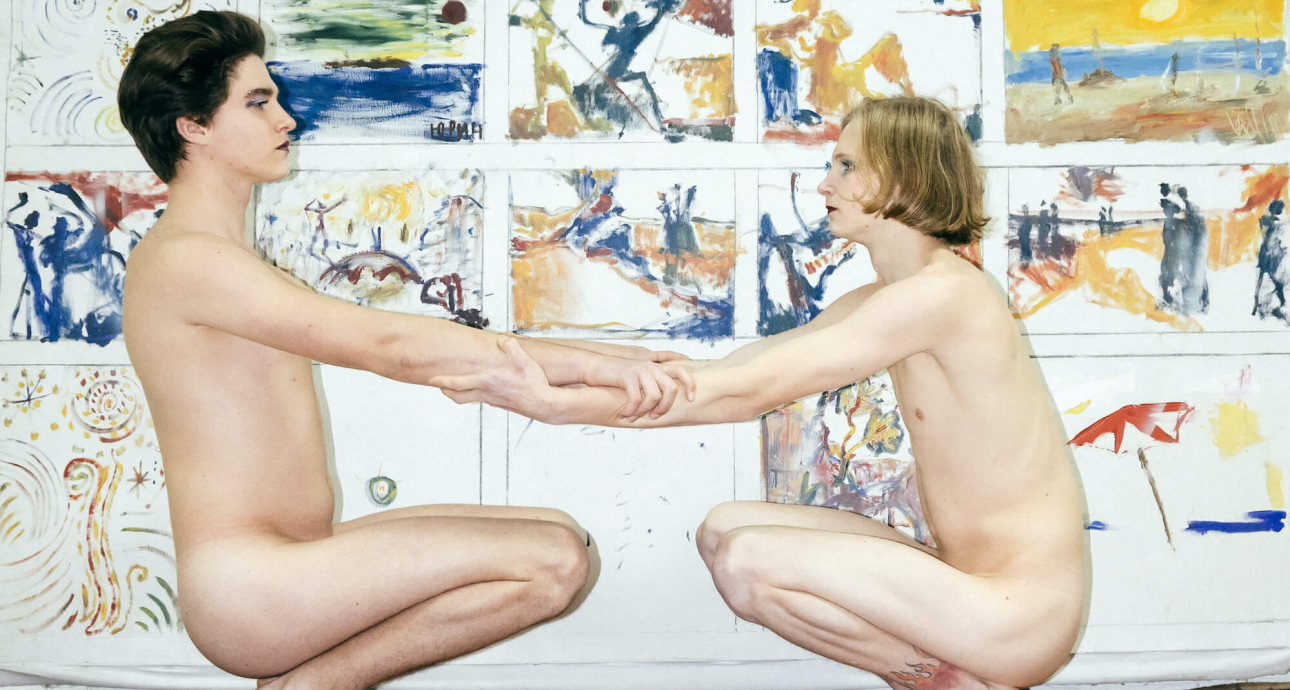
Come in, Undress: Kyrylo Akhtymovych’s Portfolio
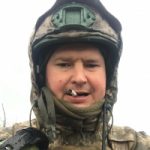
Photographer and visual artist, he has been doing photography since 2009. On the 24th of February 2022, he was conscripted to join the ranks of the Armed Forces of Ukraine.
— The quarantine became a period of personal challenges for me. The long-term stress of it grew into deep self-reflection. I tried to reclaim my inner harmony and peace of mind and found myself sinking in deliberate contemplation after a period of hectic endeavours.
A turn in life circumstances made me reconsider my values and triggered my further personal transformation. That was when I discovered photography as a sublimation practice. It became my self-expression outlet in the reality of quarantine.
A few years after I first took a camera into my hands, I started aspiring to shoot more consciously. I studied in an online photography school, took many online courses, and learned many things independently, often fearing to start imitating someone. It’s hard for me to tell if I found myself in photography, but they say there’s a recognizable quality to my photos. What can definitely set me apart from the rest is the loneliness and sadness inherent to my style and myself in general. My photography is rooted in my own experiences, fears, and thoughts. It’s a candid projection of my inner world. The world around me is changing, and I am trying to keep pace.
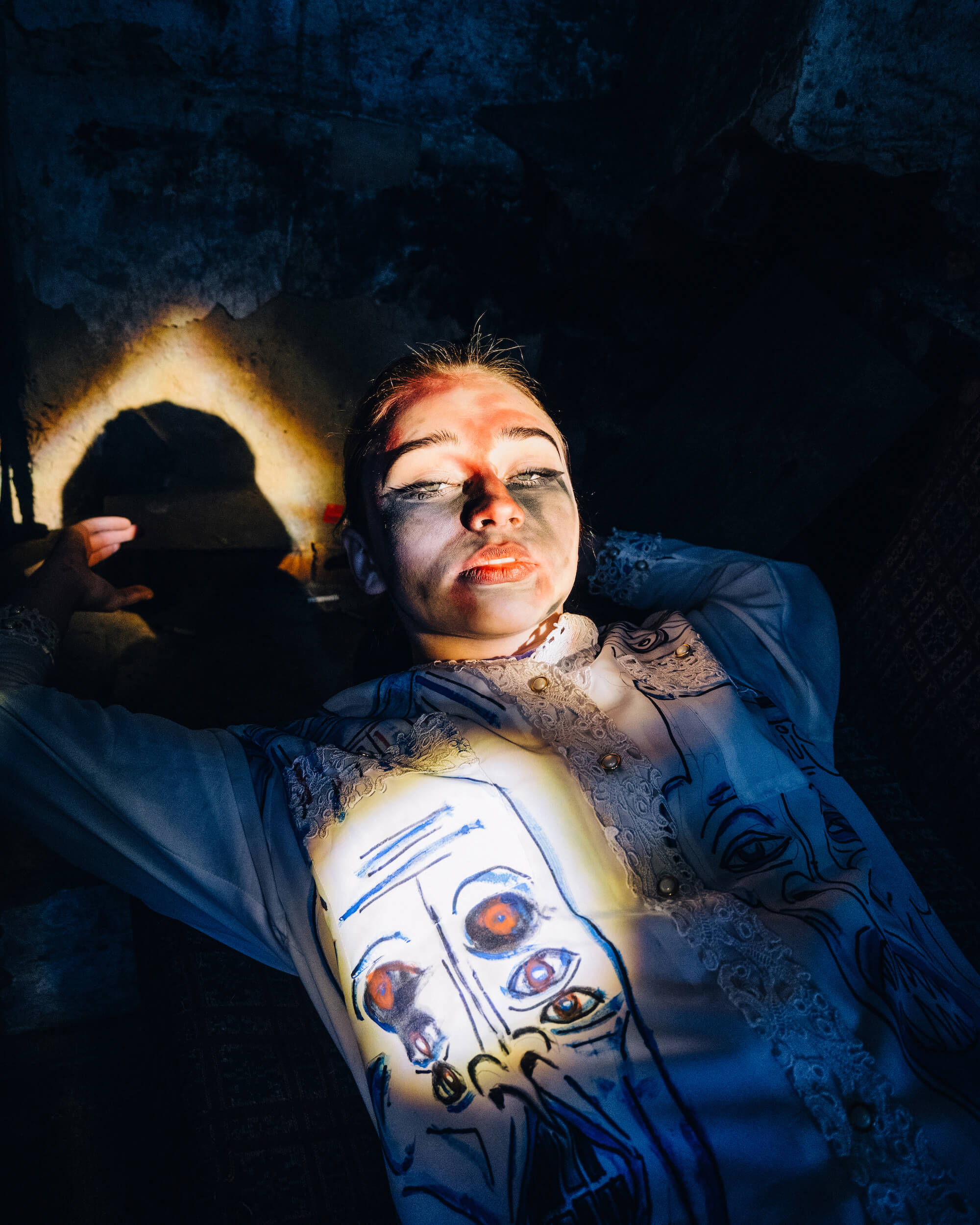
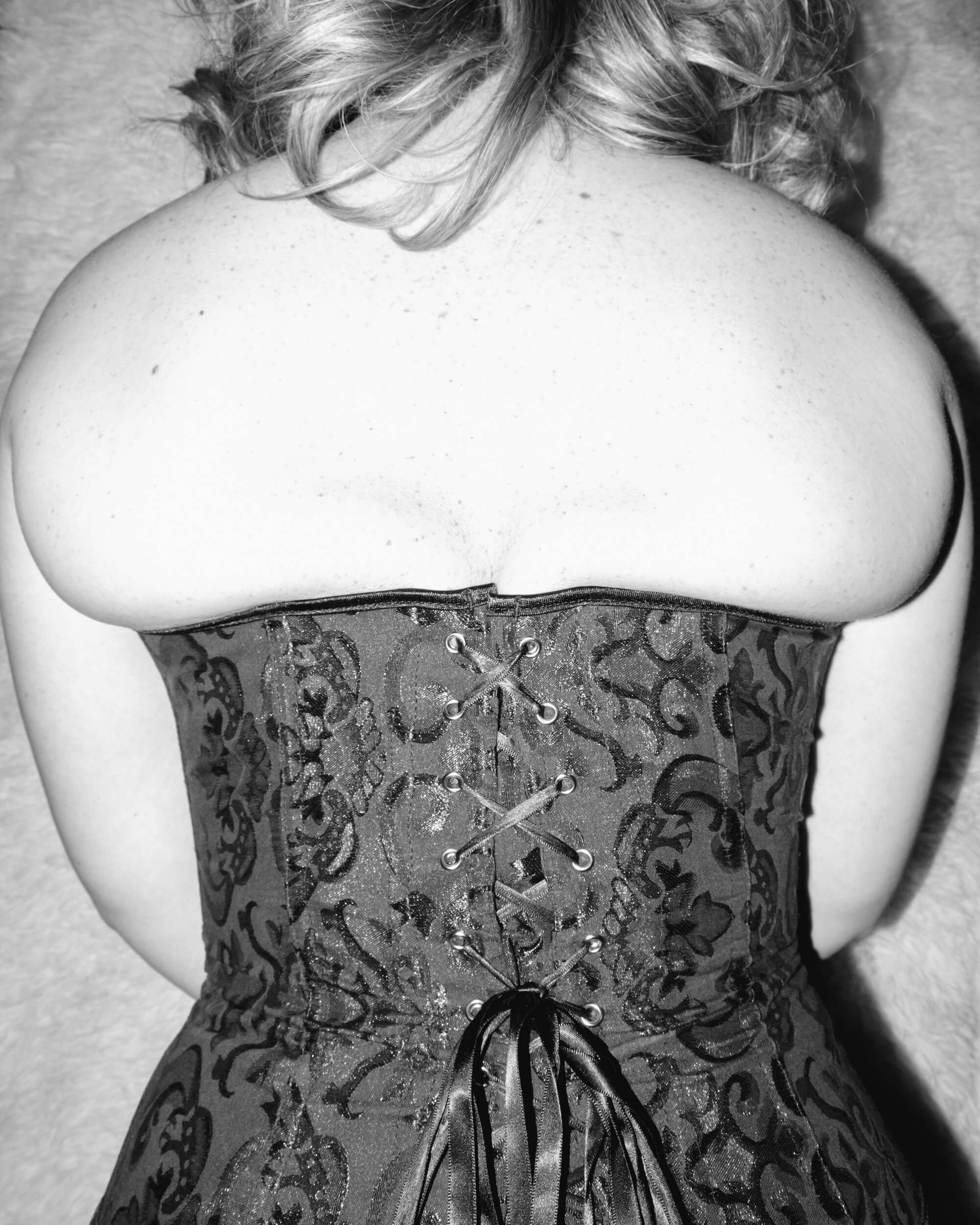
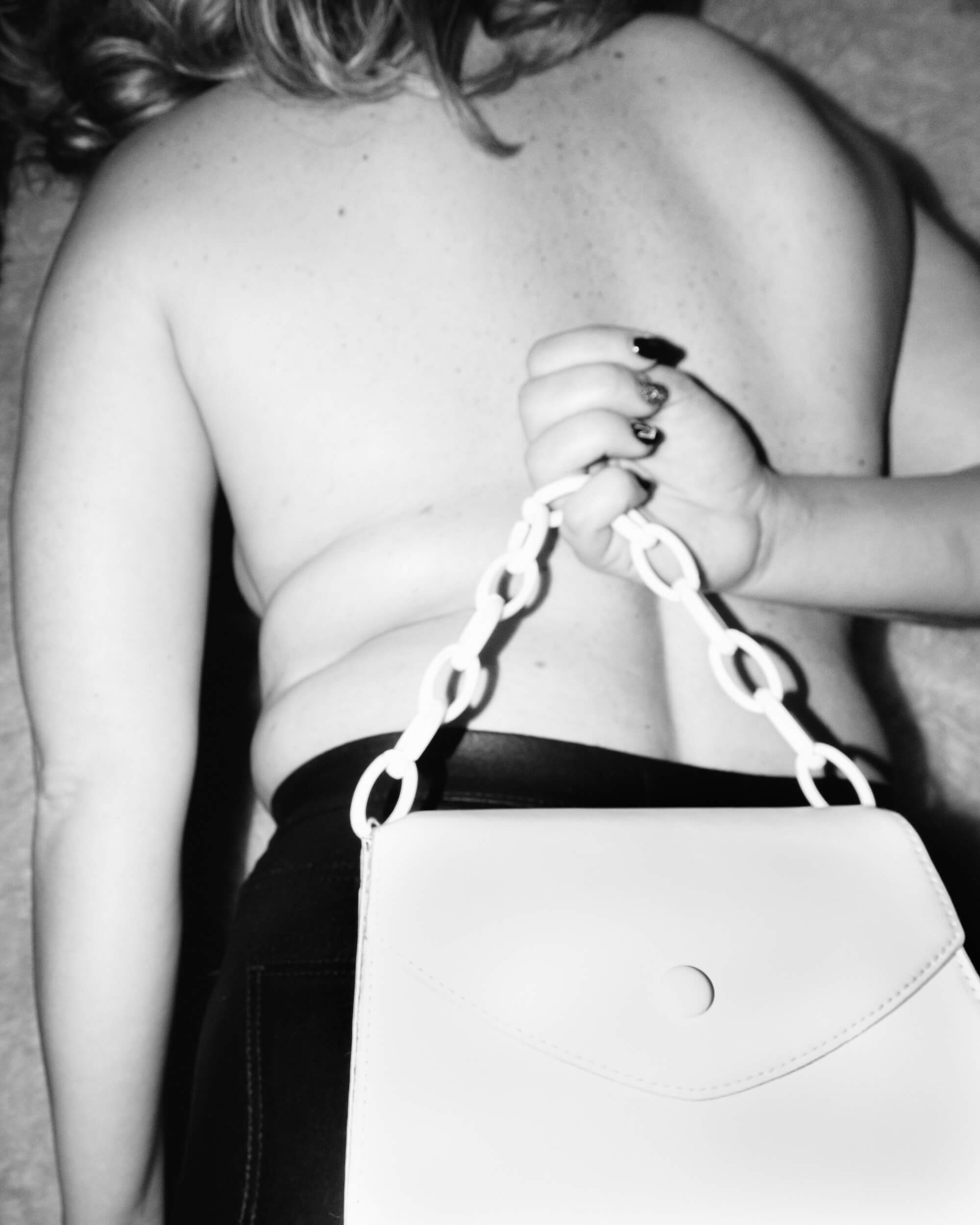
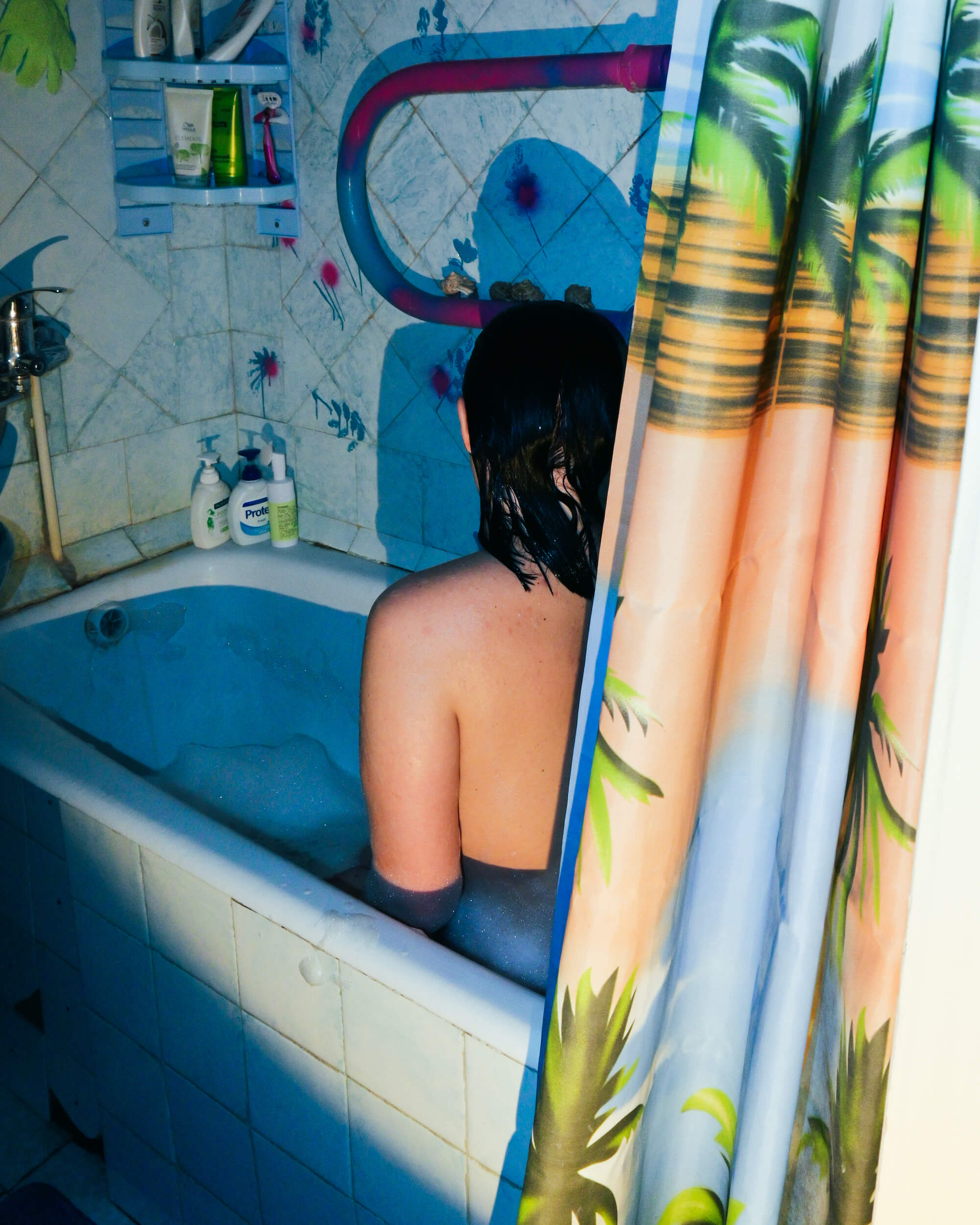
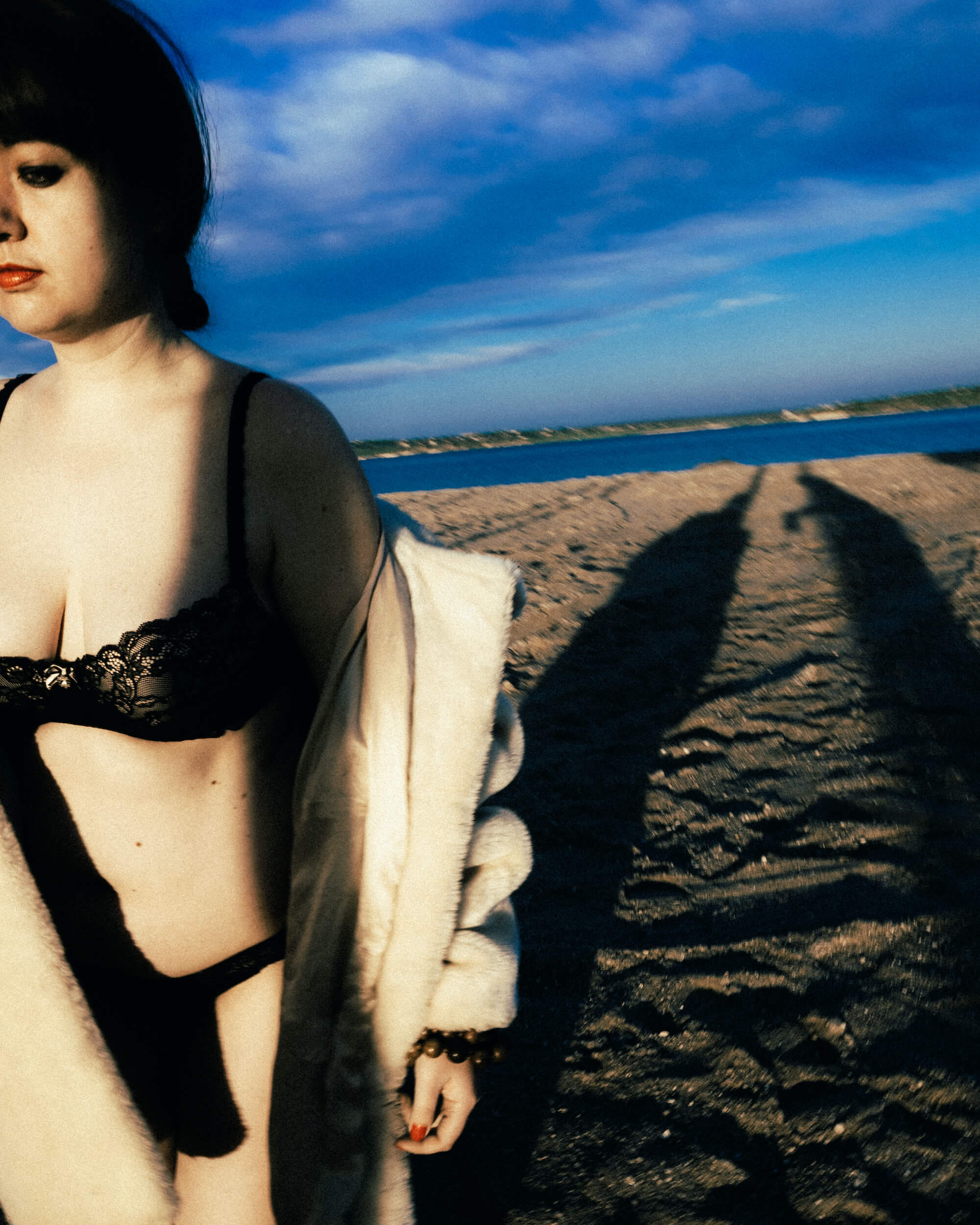
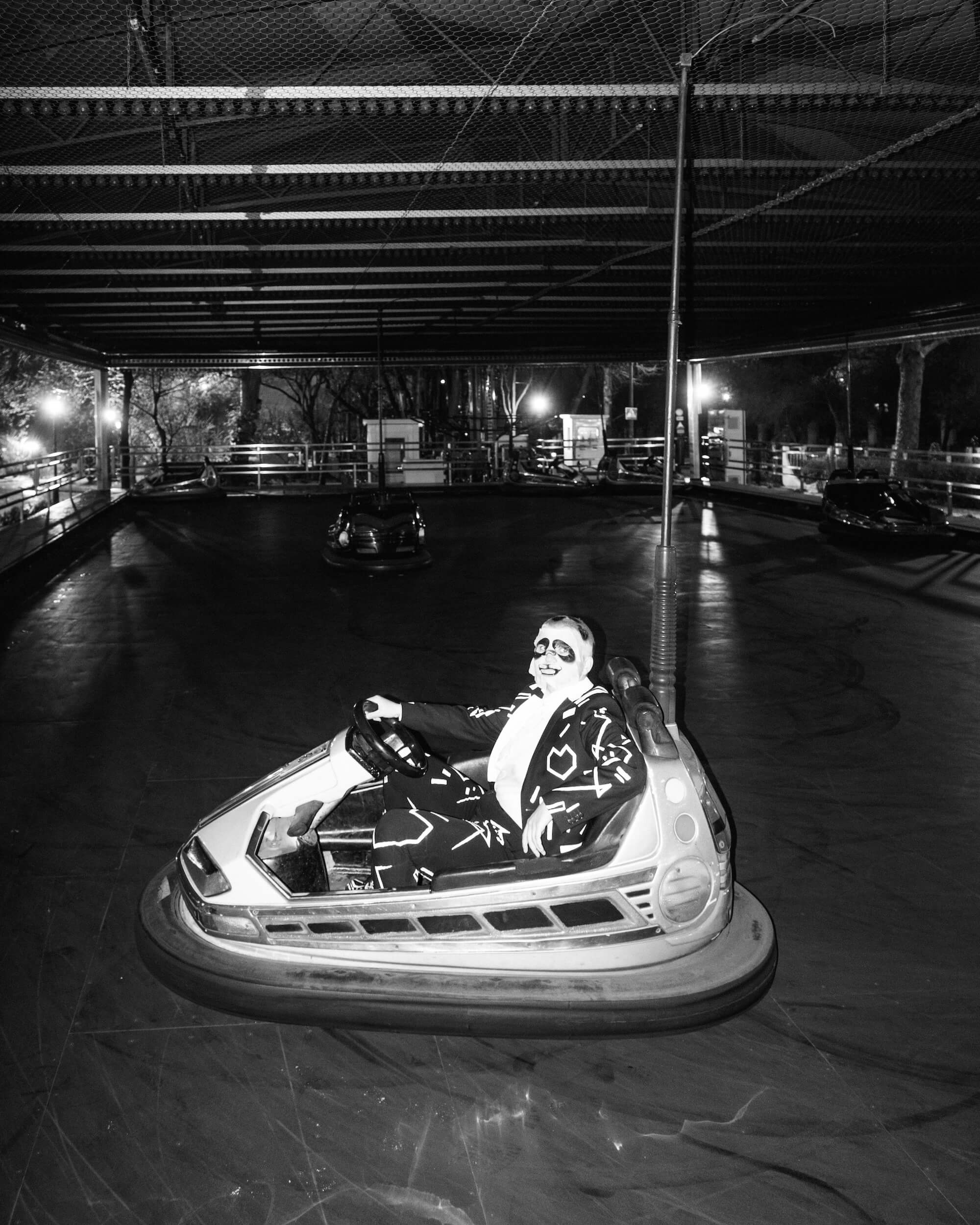
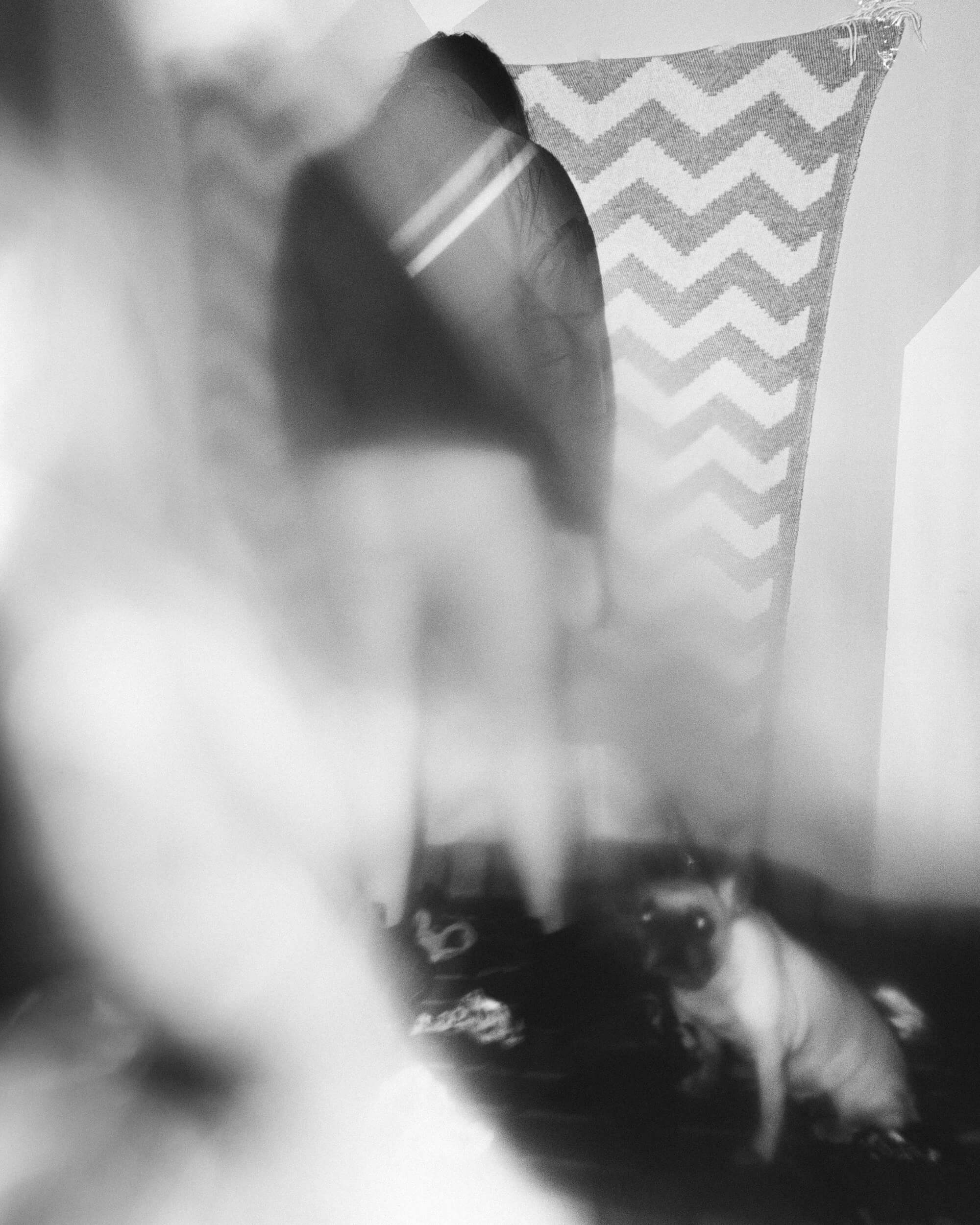
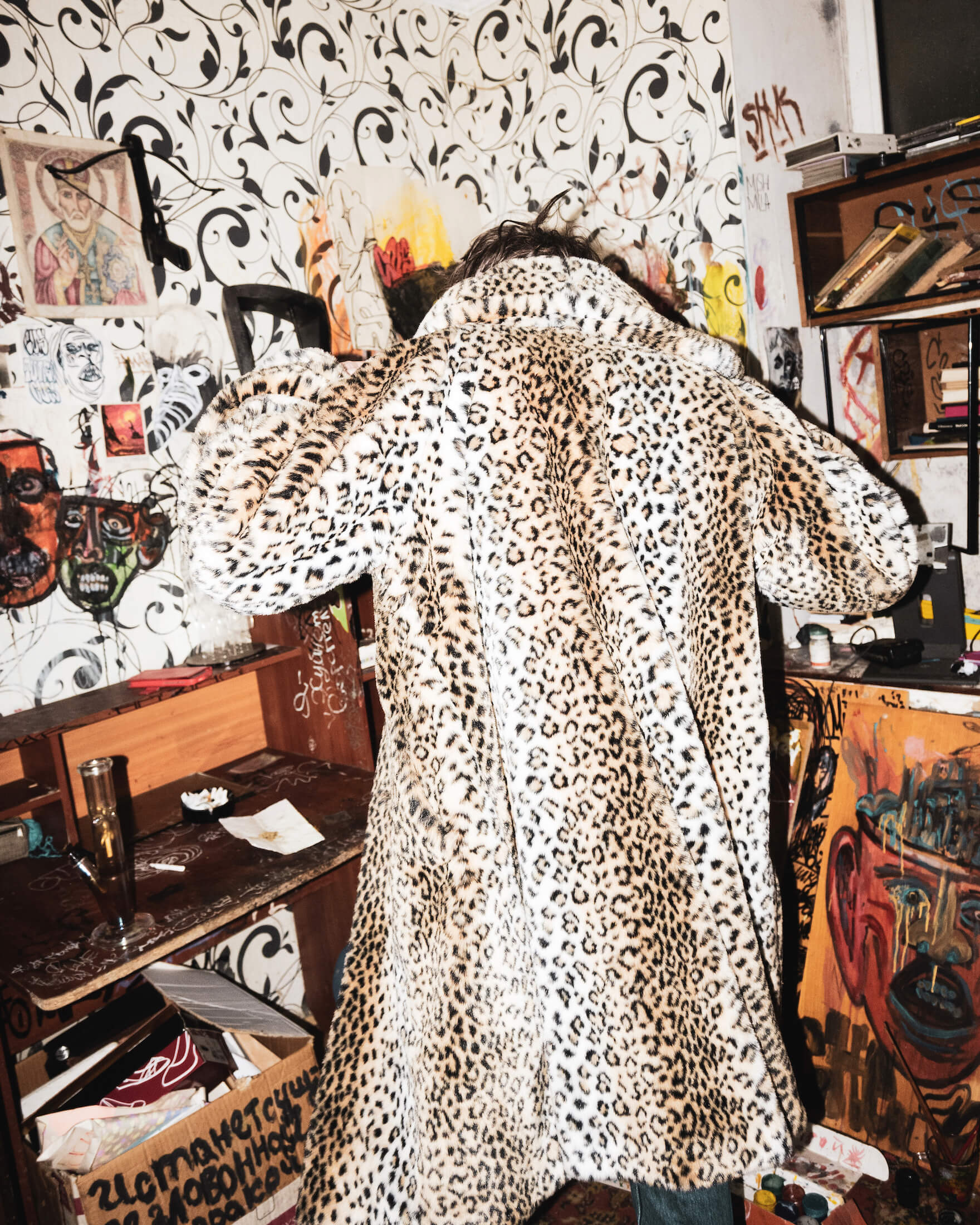
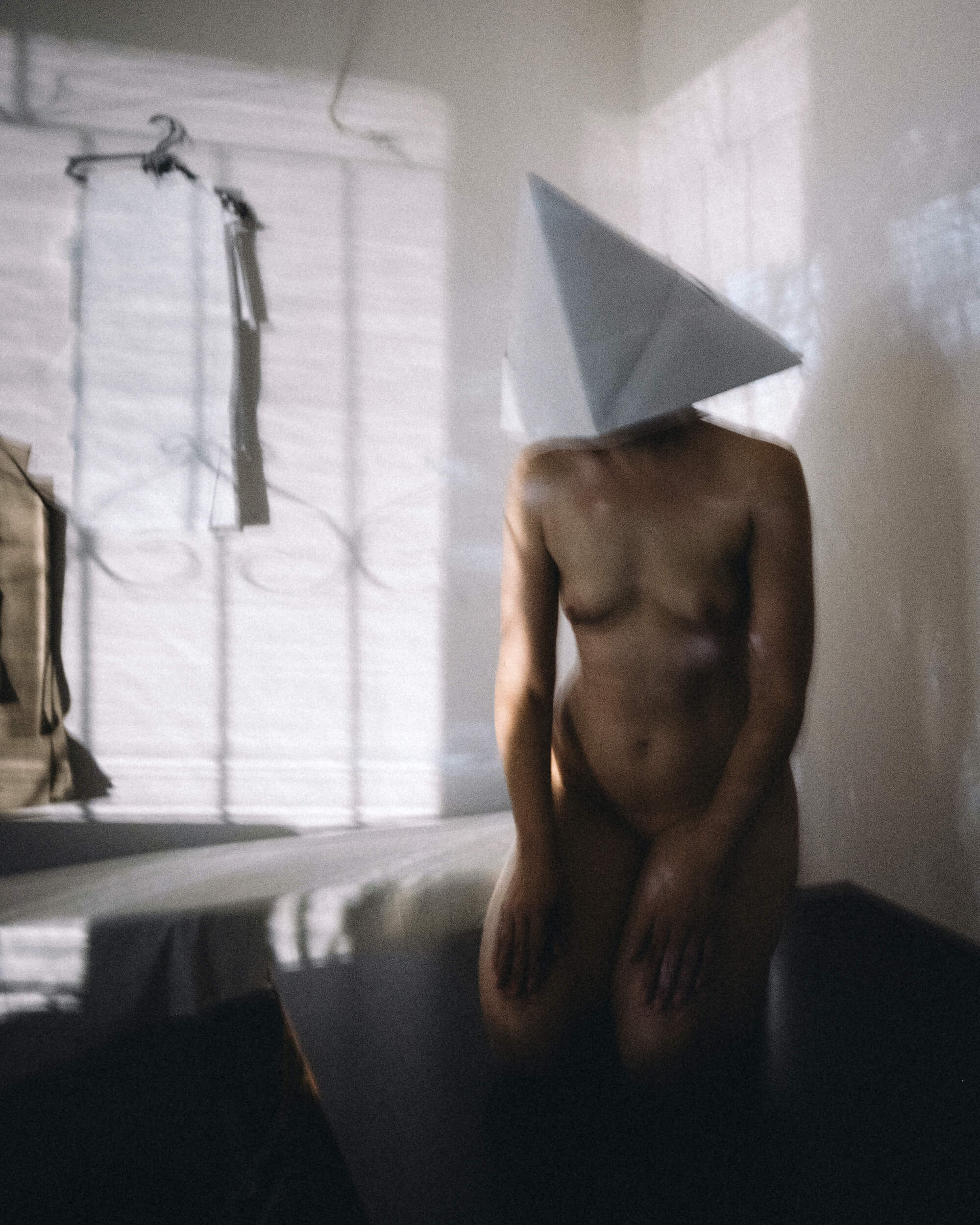
I pick my models from among the kindred spirits I meet. Photographing them, I work with my own reflection in a way. That is to say that I often convey my own experiences and fears through my models, like the loneliness and estrangement that settled in me when I, a 14-year-old boy at the time, lost my elder sister. She was the closest human being I had.
I love outsider art and like to go against the rules. This way, I can break the universal norms and keep a low profile. Previously, I thought I wanted recognition. After therapy, though, I realized it was peace that I was after, and I needed no hype for that. My goal is to become widely known in narrow circles. This is why I am so afraid to imitate others. When you express your own pain, sadness, and loneliness, others’ or widely used forms won’t do.
On a different note, I find Roger Ballen’s weird aesthetic and the imagery of Jan Švankmajer’s animations appealing. I like kitsch and absurd, but in my eyes, they were degraded after becoming popular art genres. My favourite author in this direction is Joel-Peter Witkin. He taught me to love life in all its aspects. Witkin showed life in death and death in general as an integral part of our life. Among his other themes is the traumatization’s effects on a person’s further formation. As a child, Witkin saw his friend get decapitated. And I remember my sister’s funeral, her casket, and her body after the autopsy.
I often convey my own experiences and fears through my models, like the loneliness and estrangement that settled in me when I, a 14-year-old boy at the time, lost the closest human being I had.
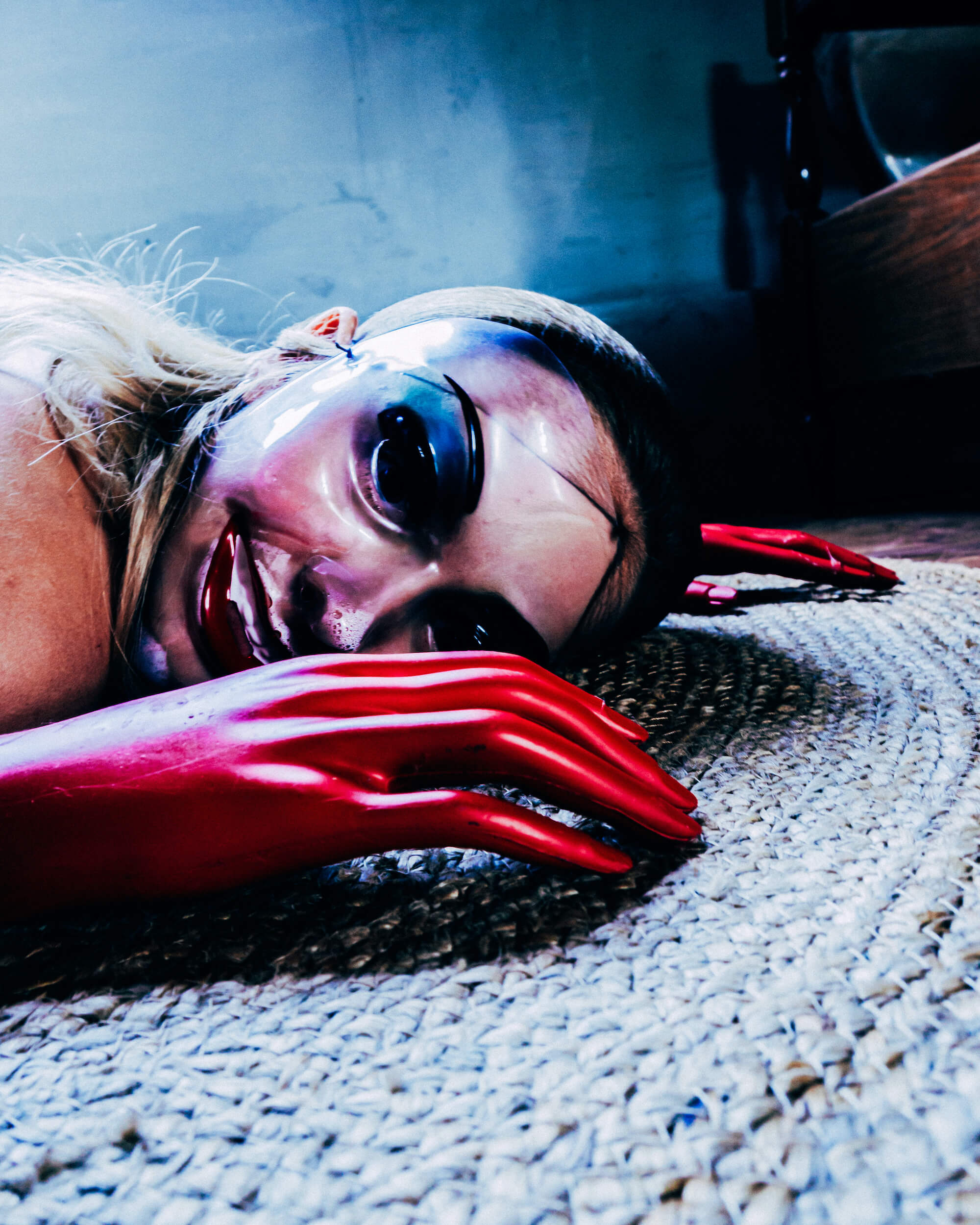
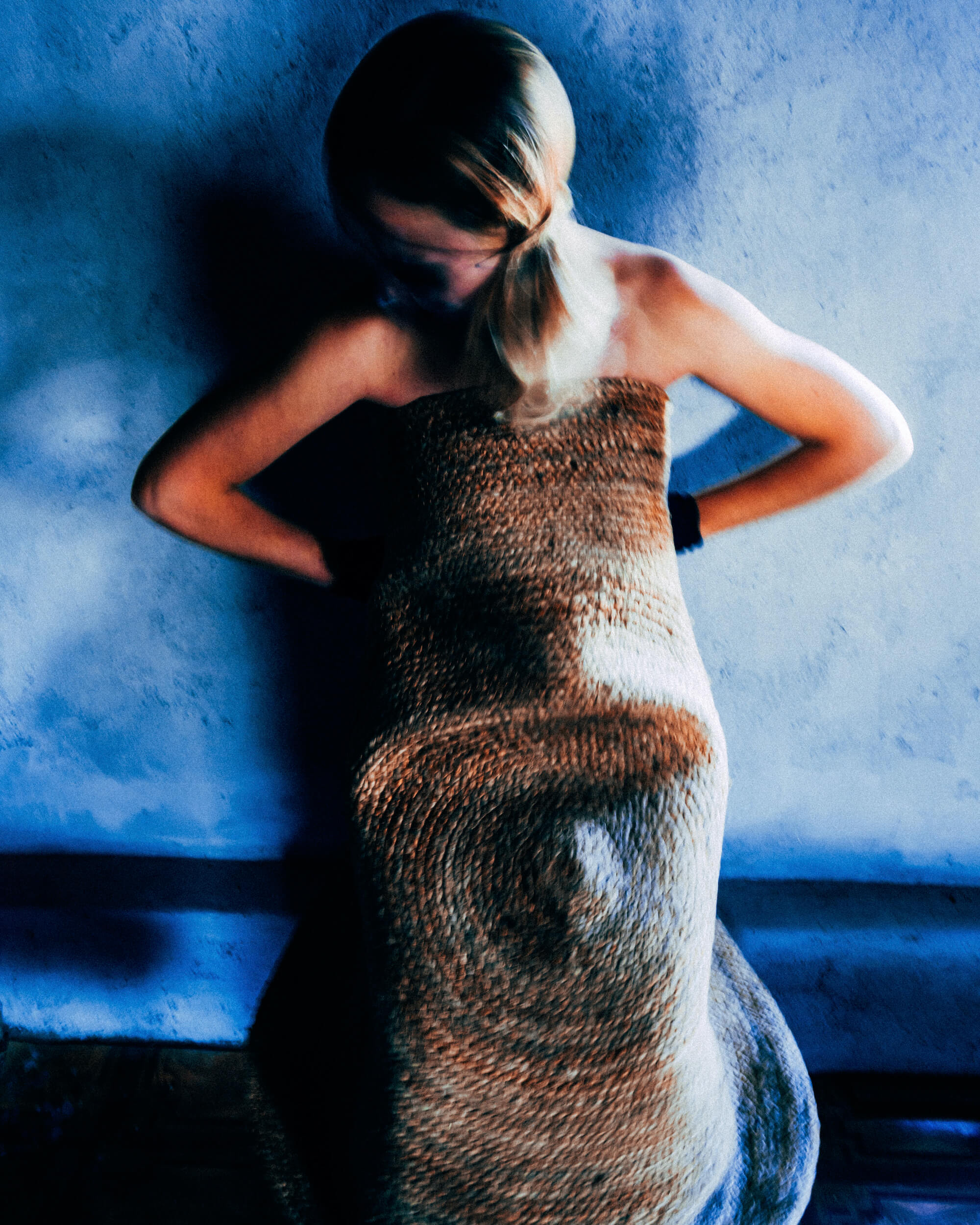
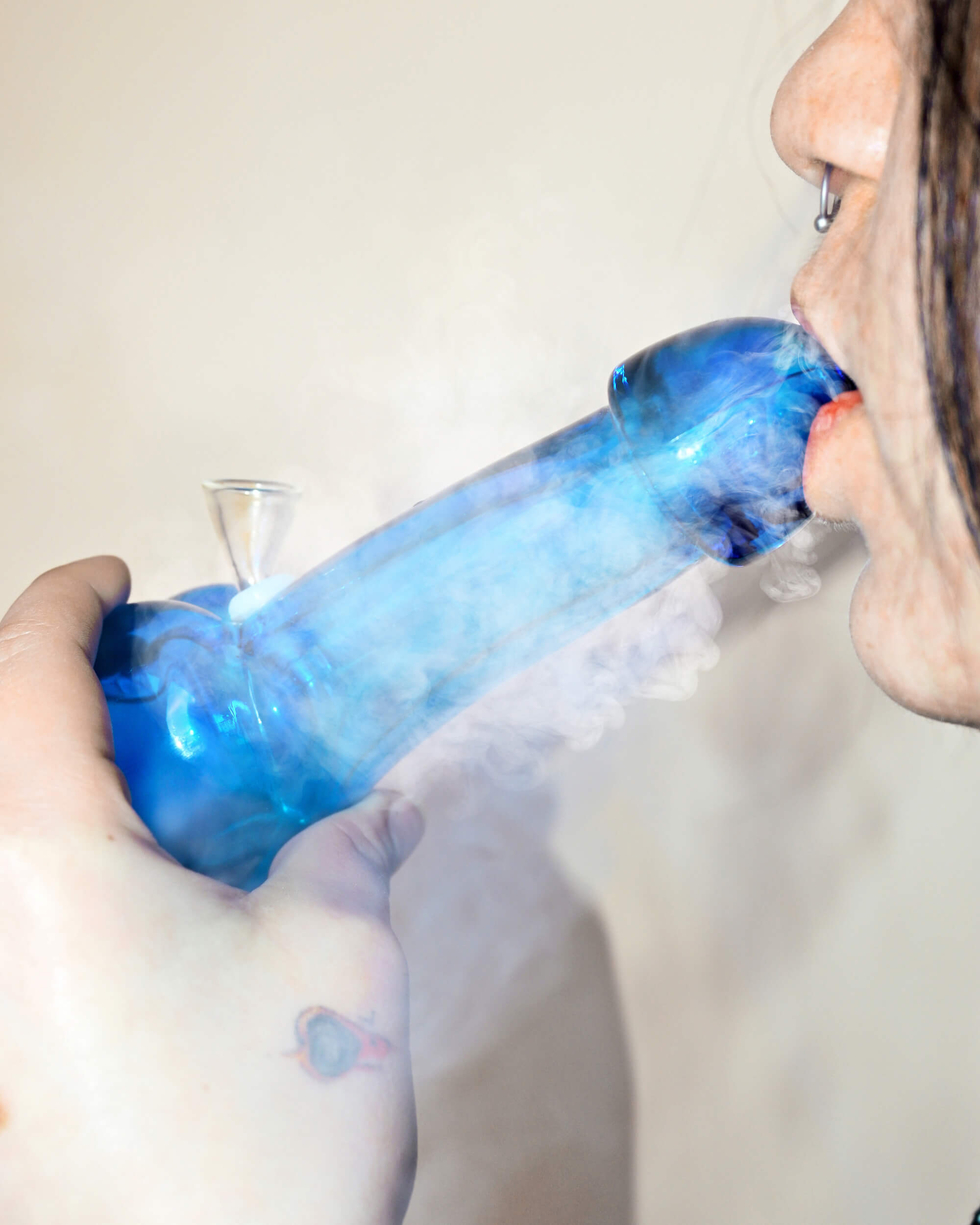
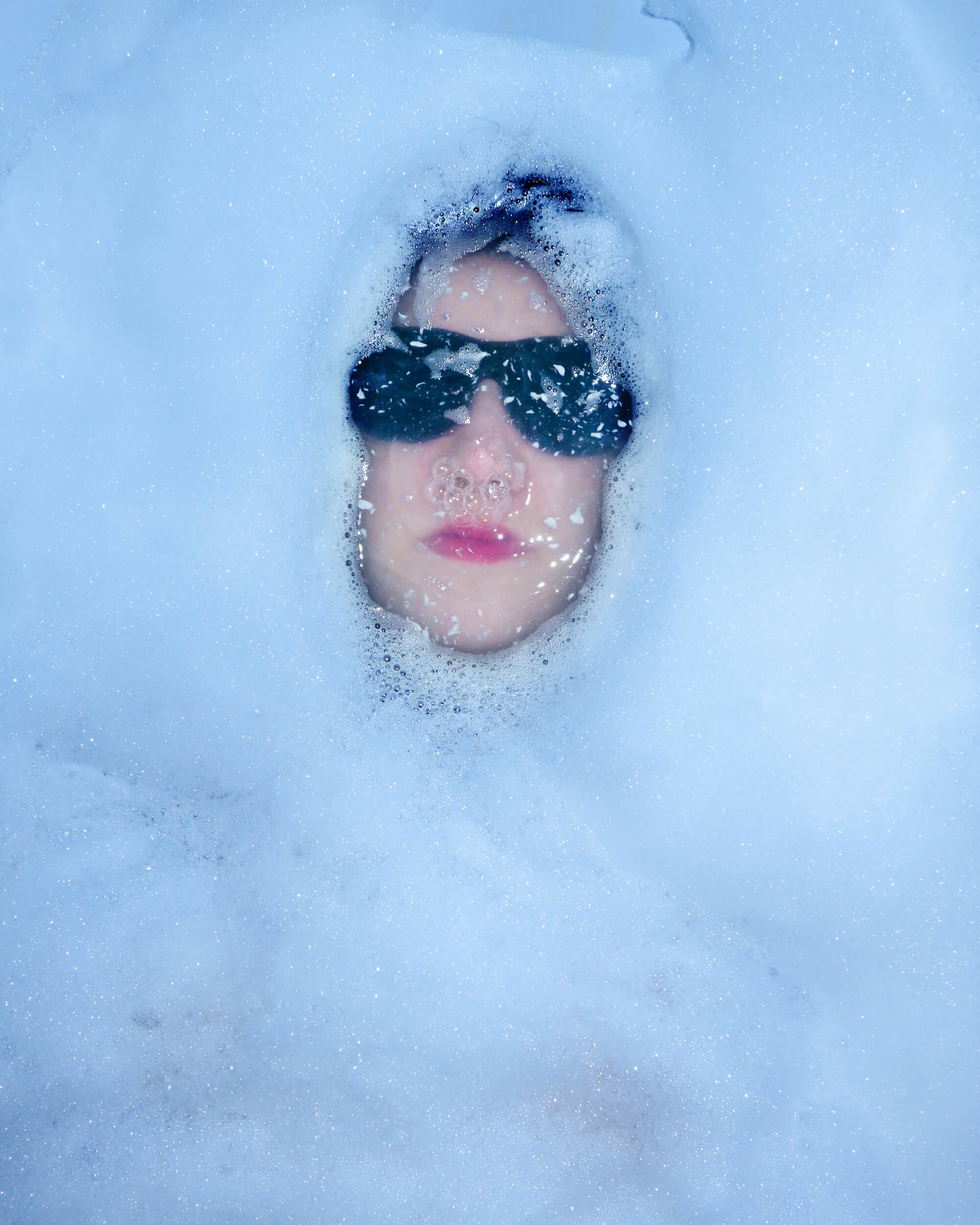
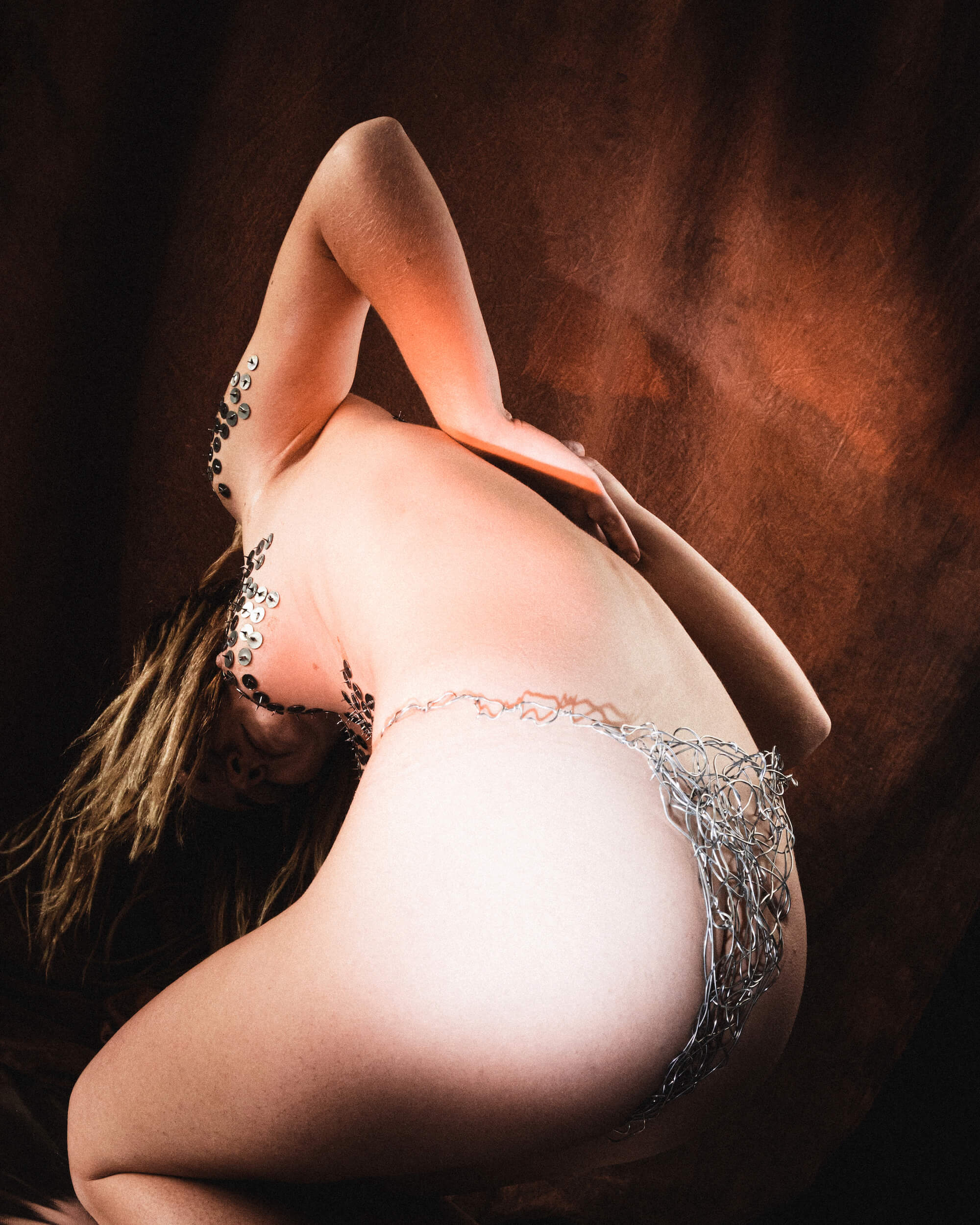
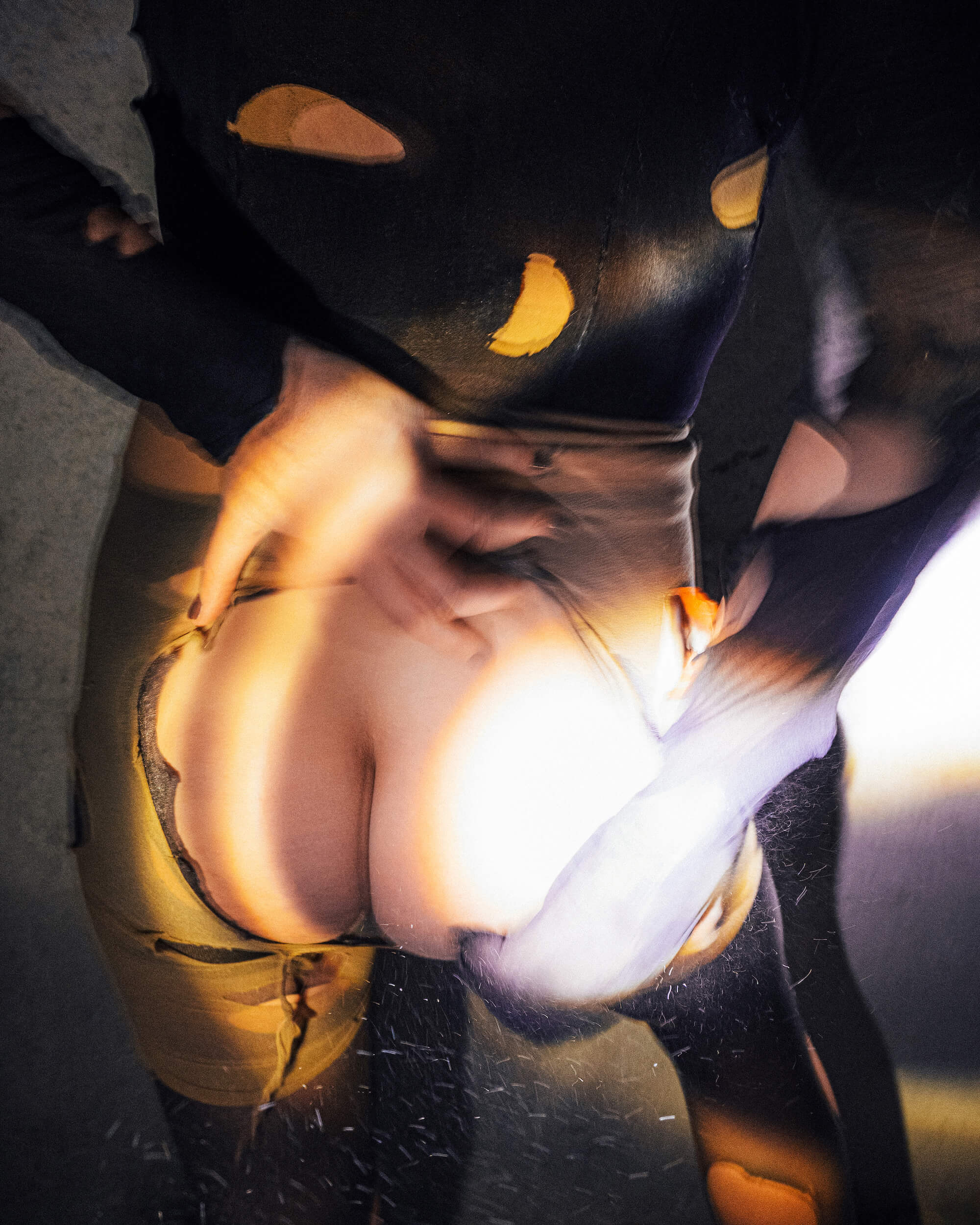
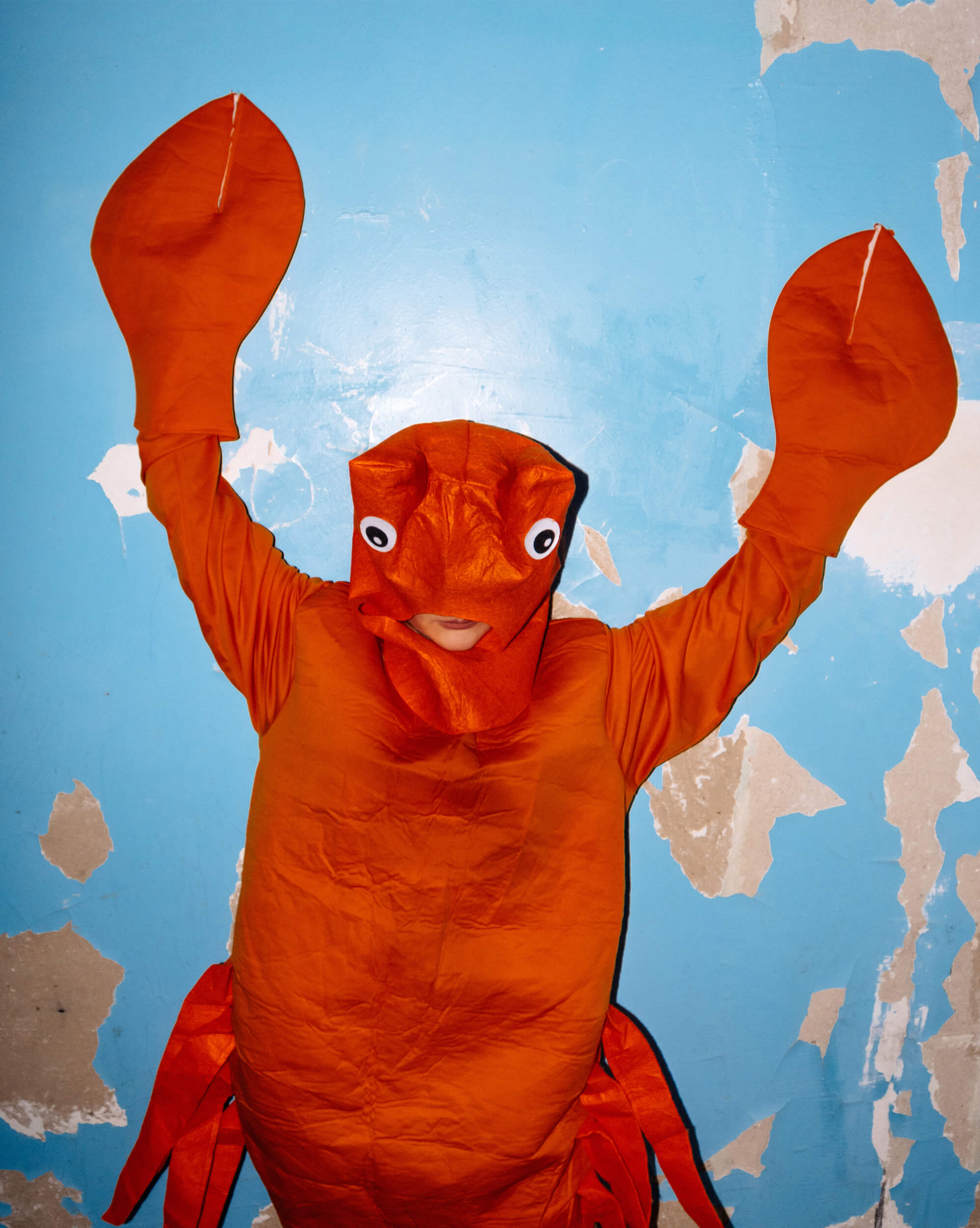
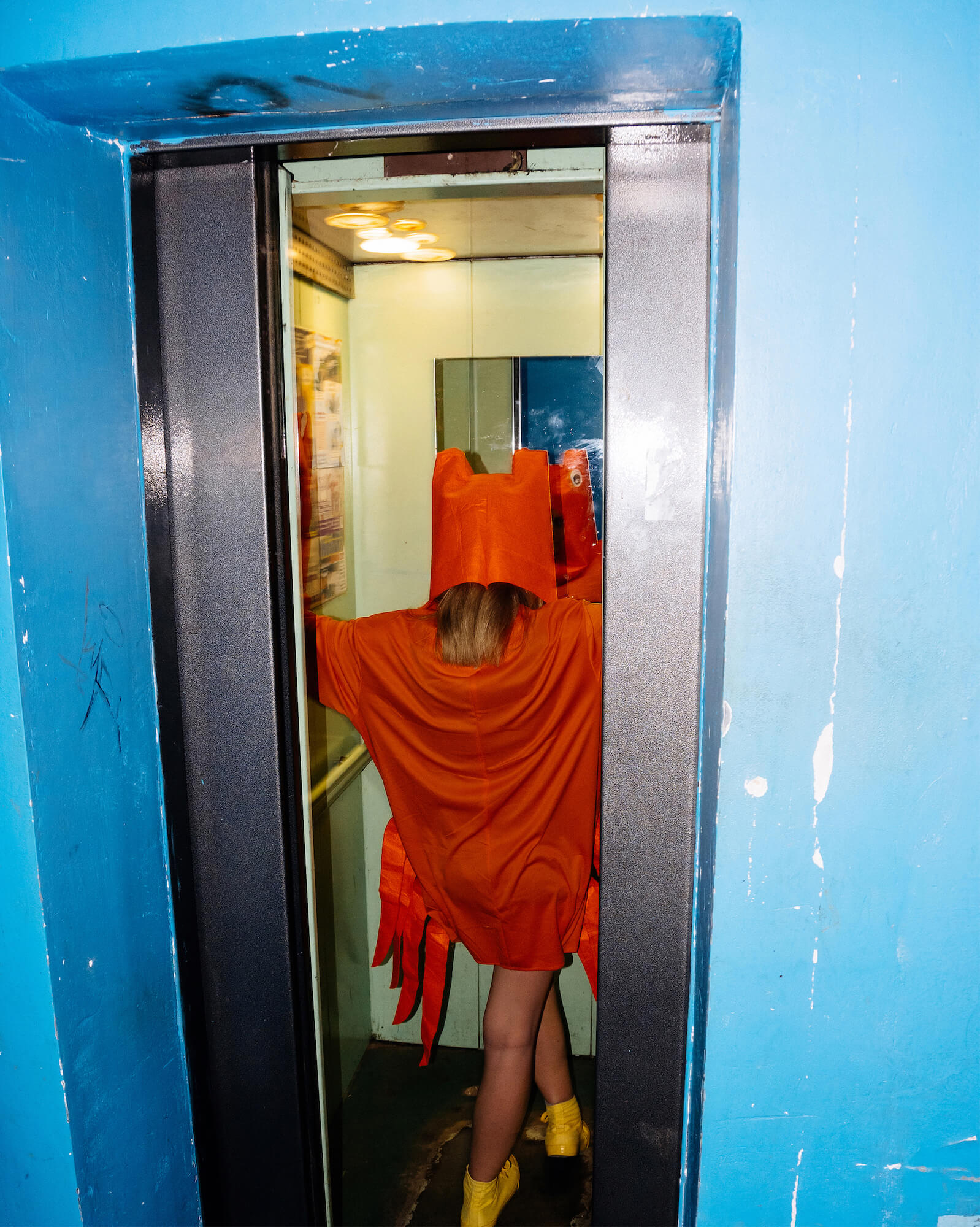
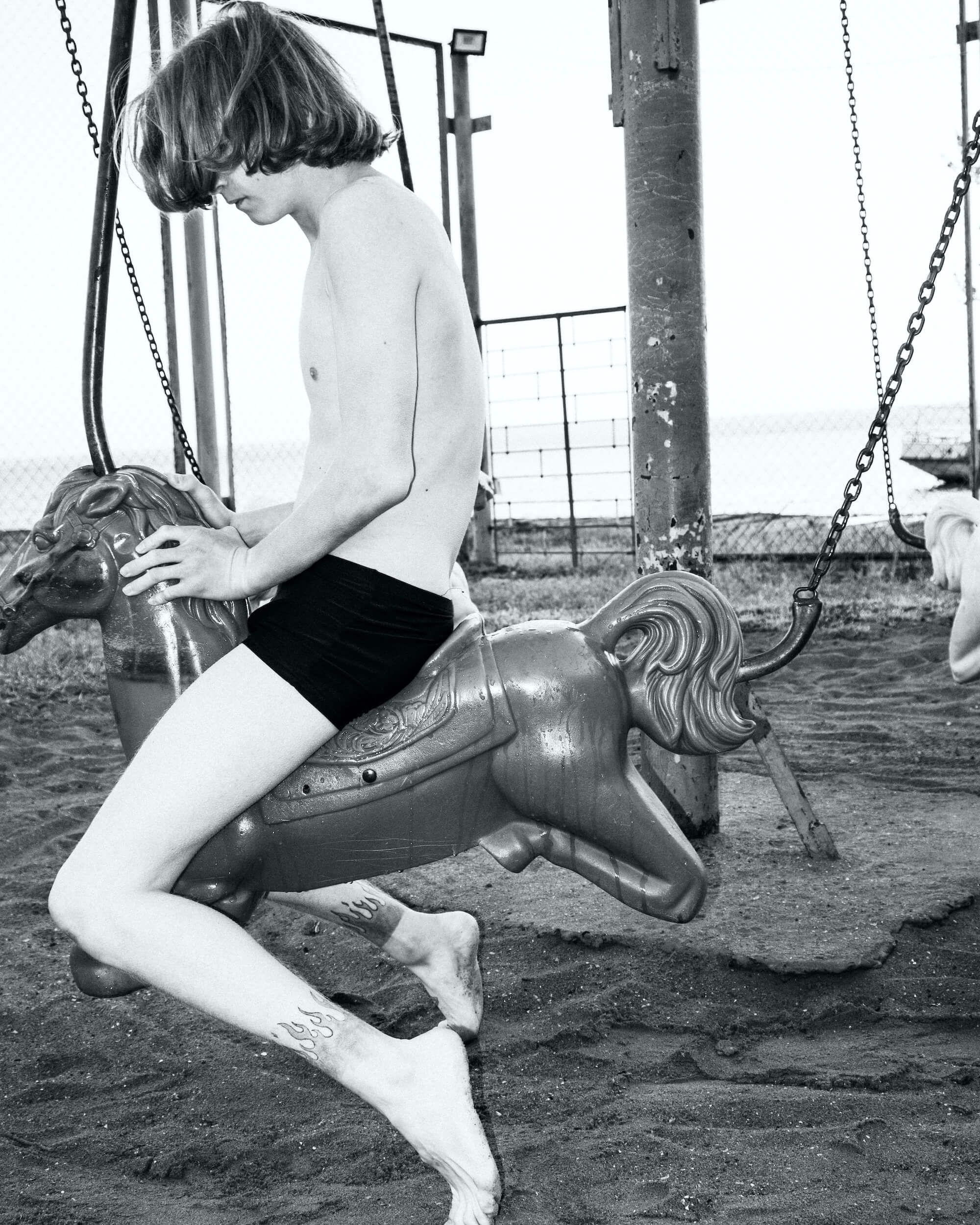
My aesthetic is childhood and teenage memories, music, films, and photos. I like the 1980s as a new wave in music and a period of particular mass hedonism. In the 1990s, I was little and felt comfortable. This is where I get the power to live on. It’s something that exists inside me and makes me secluded and dreamy. If somebody besides me finds it interesting, it’s an aesthetic of sorts, I believe.
If viewers look at the result and they have questions, thoughts, or versions about the author, it’s an artistic product we are talking about. In my opinion, one should strive for individuality, subjectivity, and self-expressiveness because nobody would question the artistic nature of your work in that case.
Before I joined the army, I looked up references and deliberated on the idea before setting up a photoshoot. The same was true for commercial projects. However, I always took on those on one condition: we were doing them my way. It was somewhat selfish of me — the person was paying their own money for my therapy, which is photography for me. I could turn down a client if I didn’t like their ideas or if we were not on the same page when it came to approaching the work or artistic preferences. The most important thing for me is to periodically emerge from the shadows and make a statement as an artist.
I always took on commercial projects on one condition: we were doing them my way.
Eventually, I started practising impromptu art. I visited someone who looked interesting to me at their home, went through their wardrobe, accessories, and whatnot, came up with a look on the spot, picked a location, and we went to our photoshoot. I also liked working with people in their homes. It was a moment of trust when people let me feel at home at their place. I often hear or read comments in the vein of, ‘I find your work interesting, but I’m not ready to participate.’
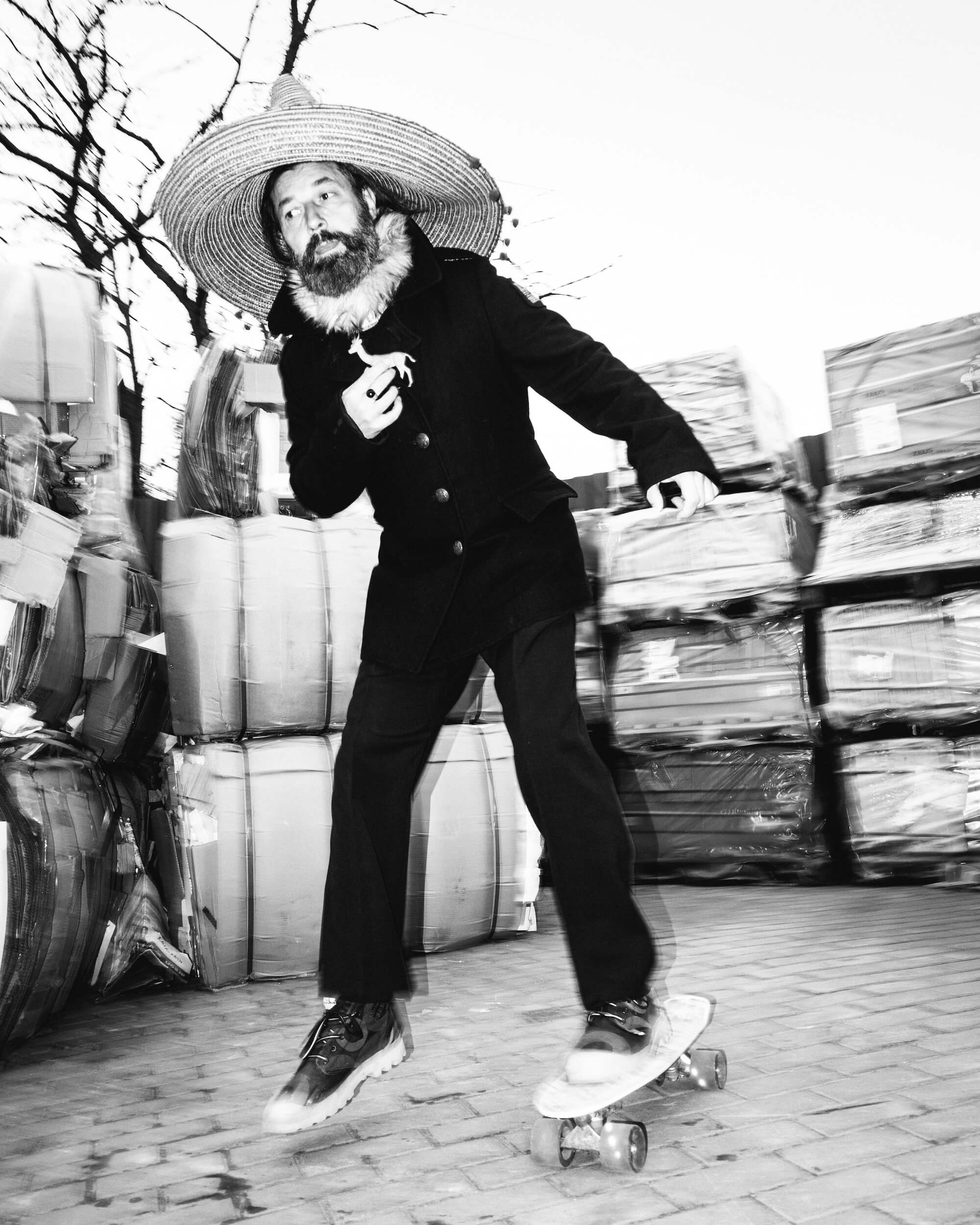
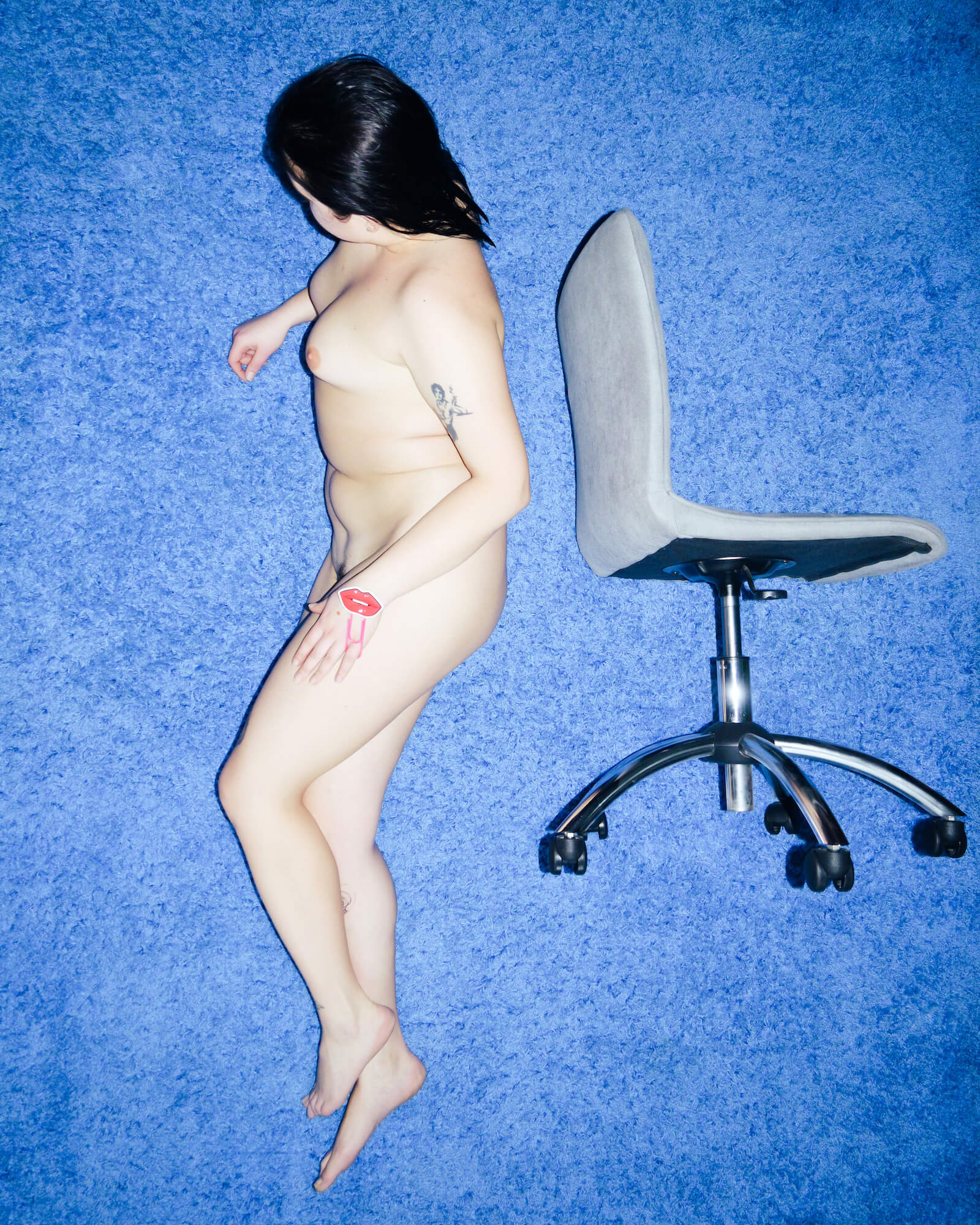
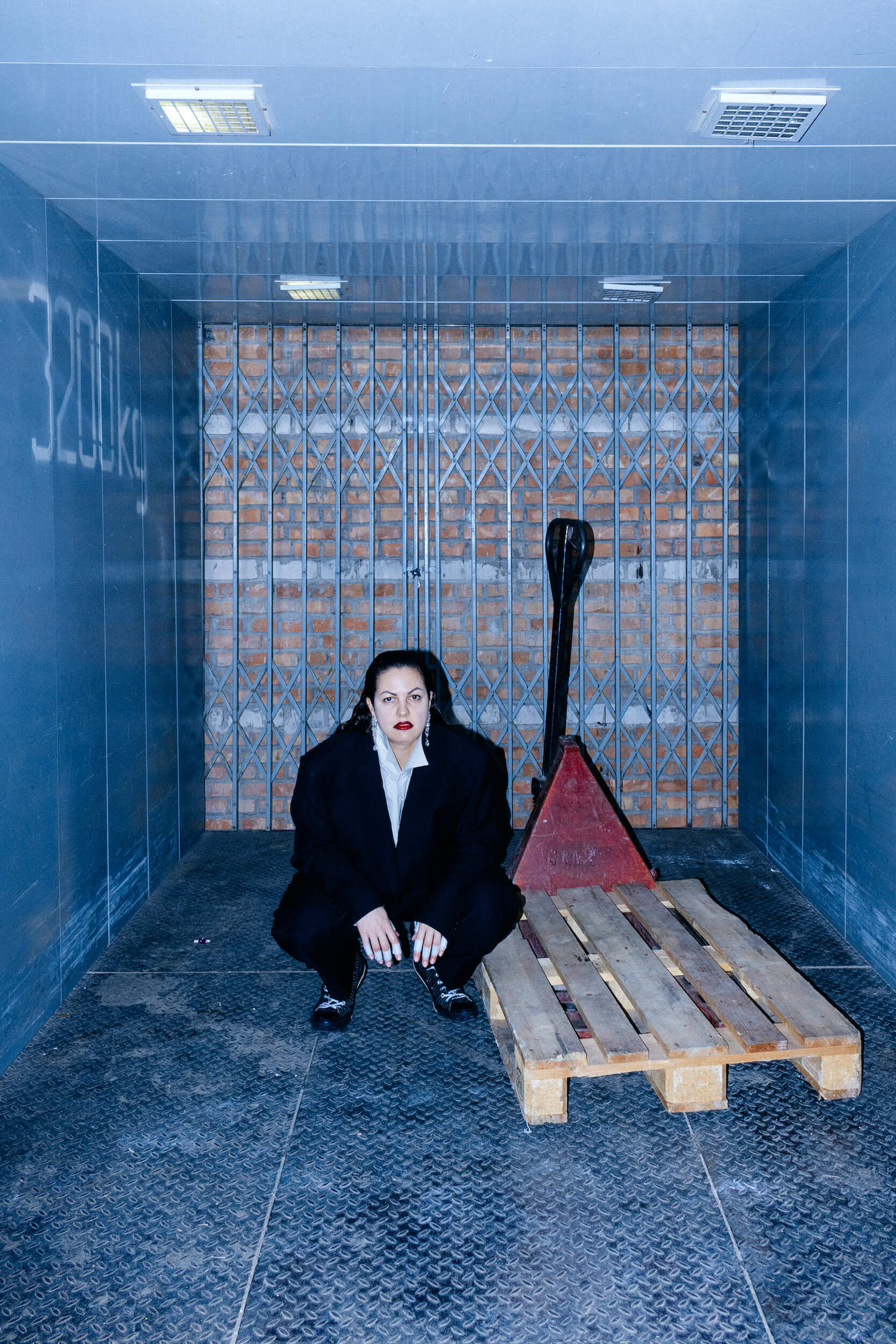
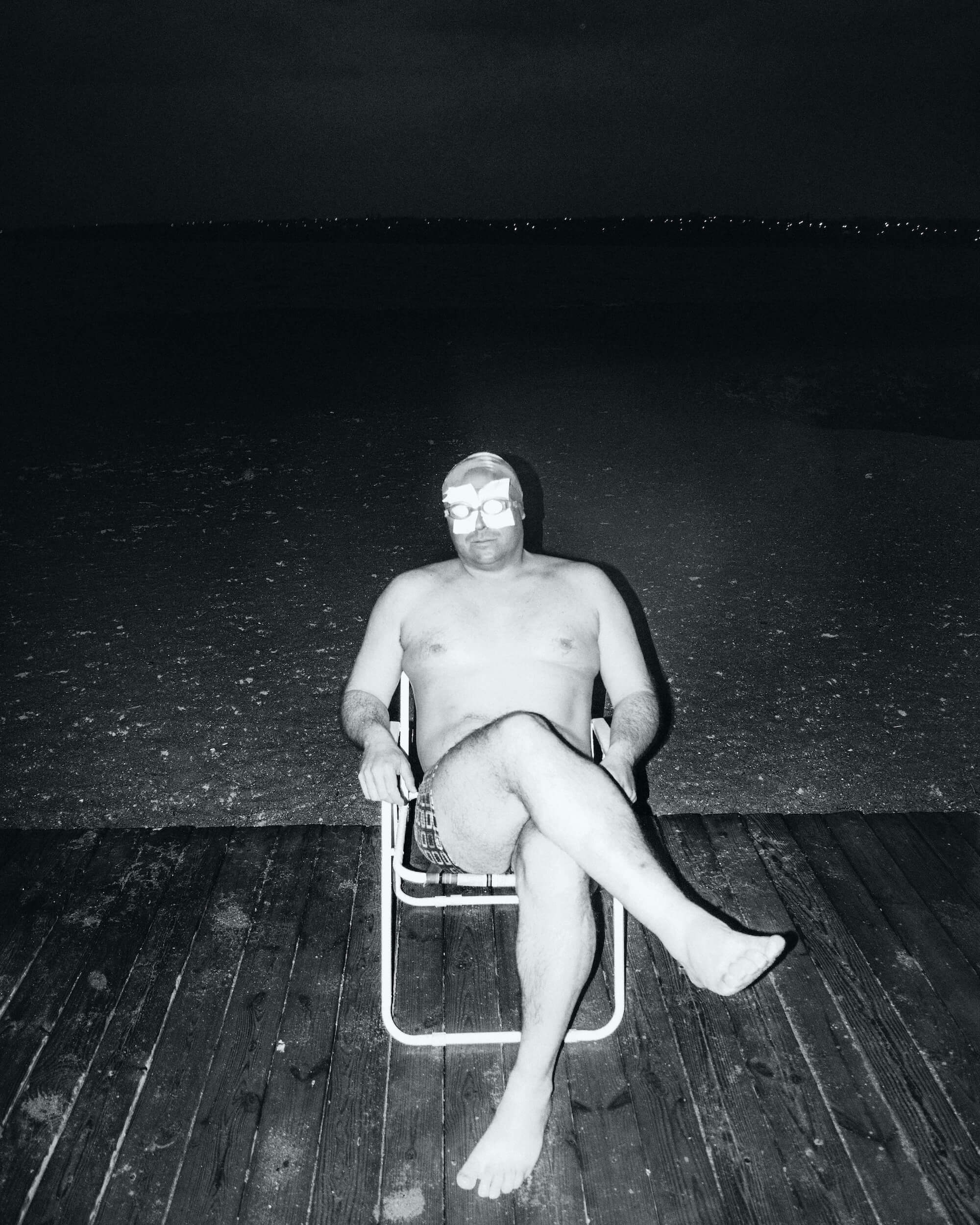
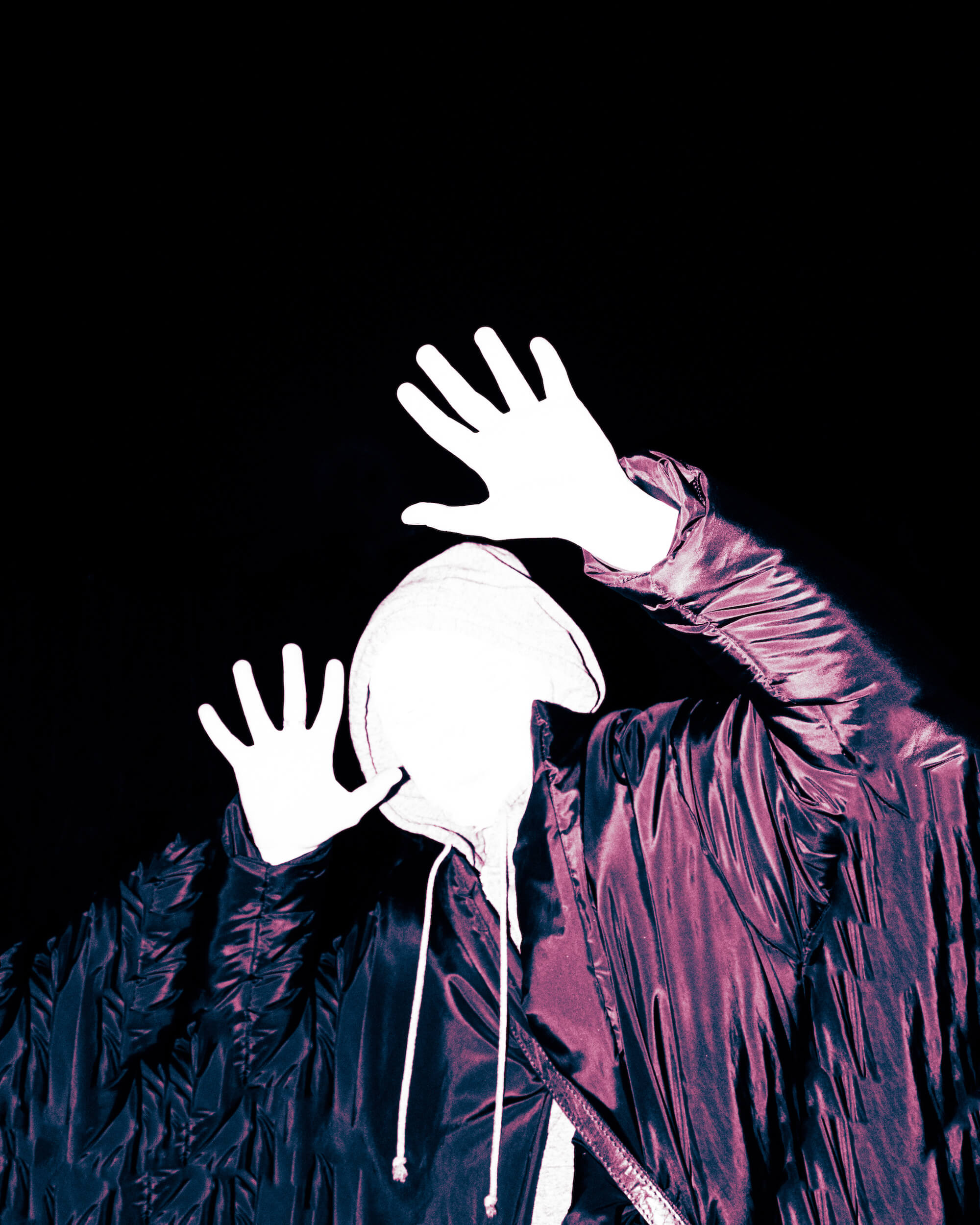
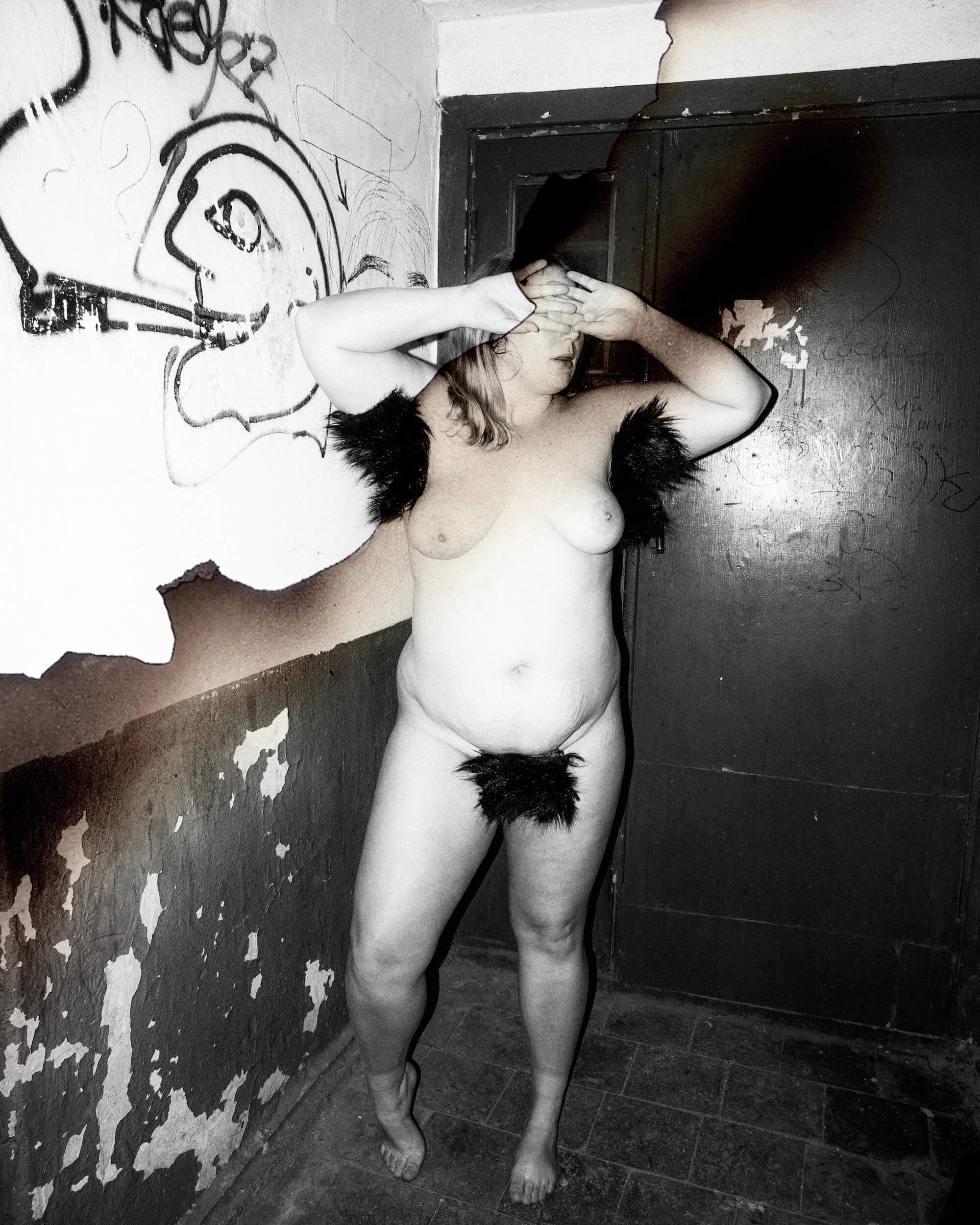
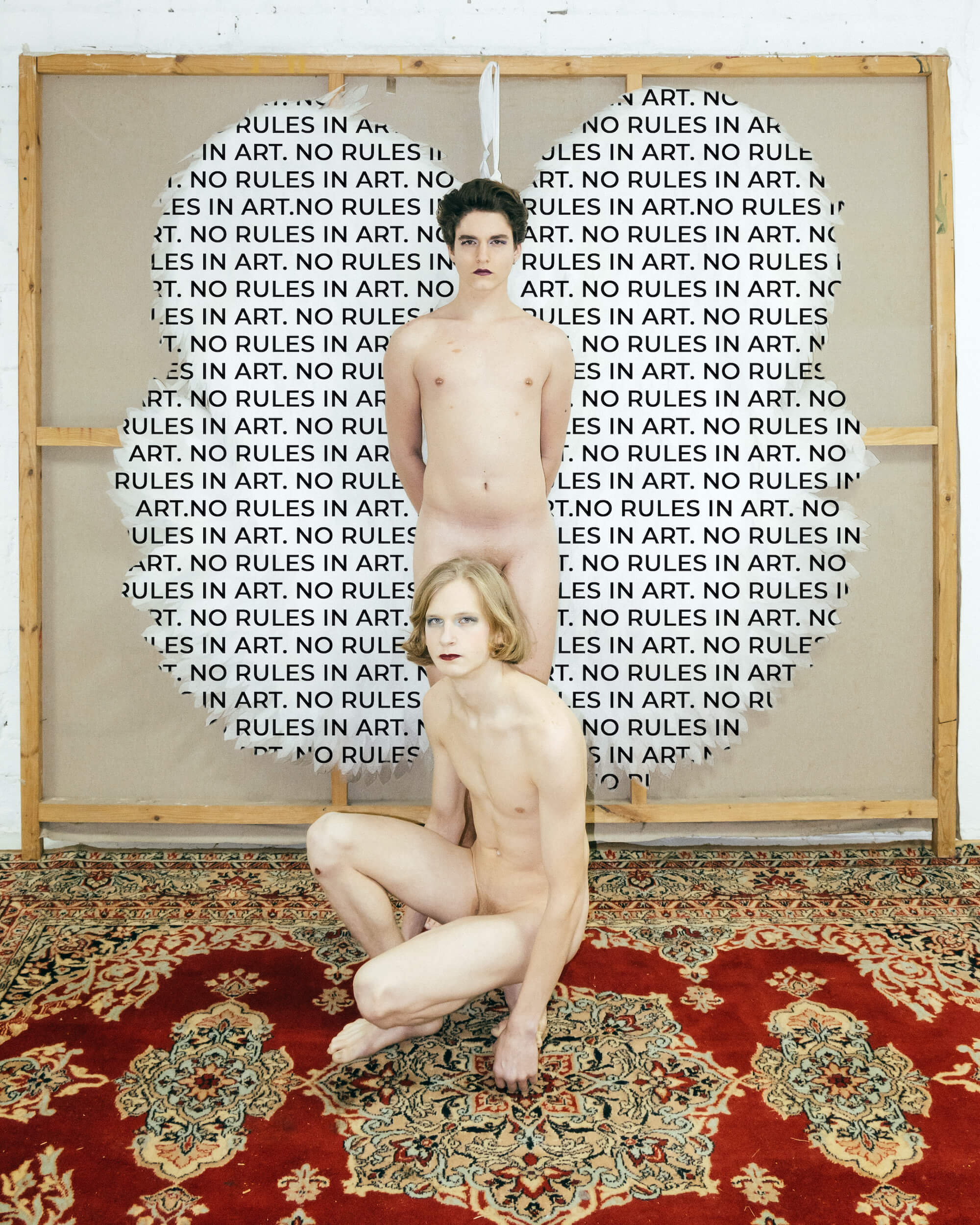
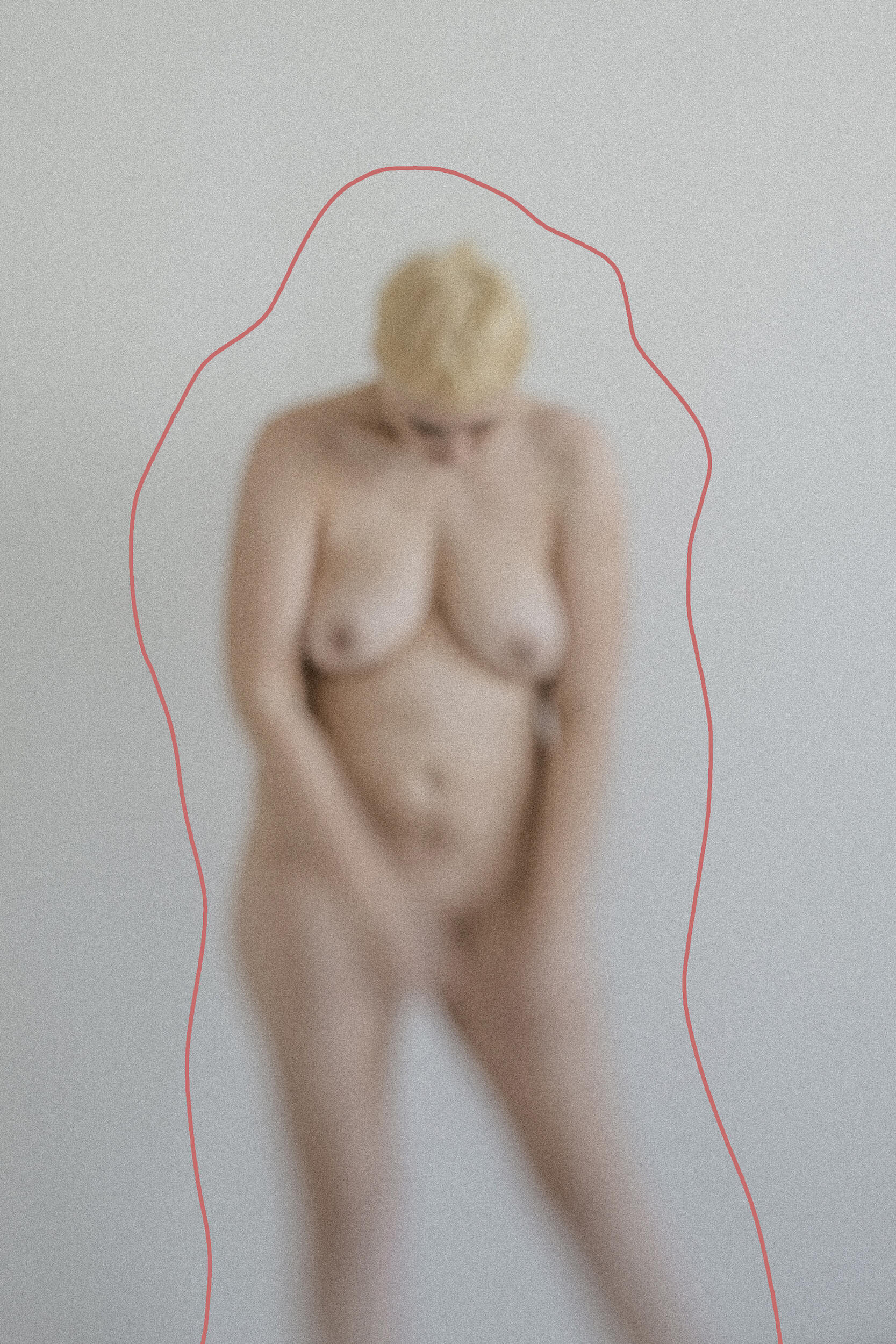
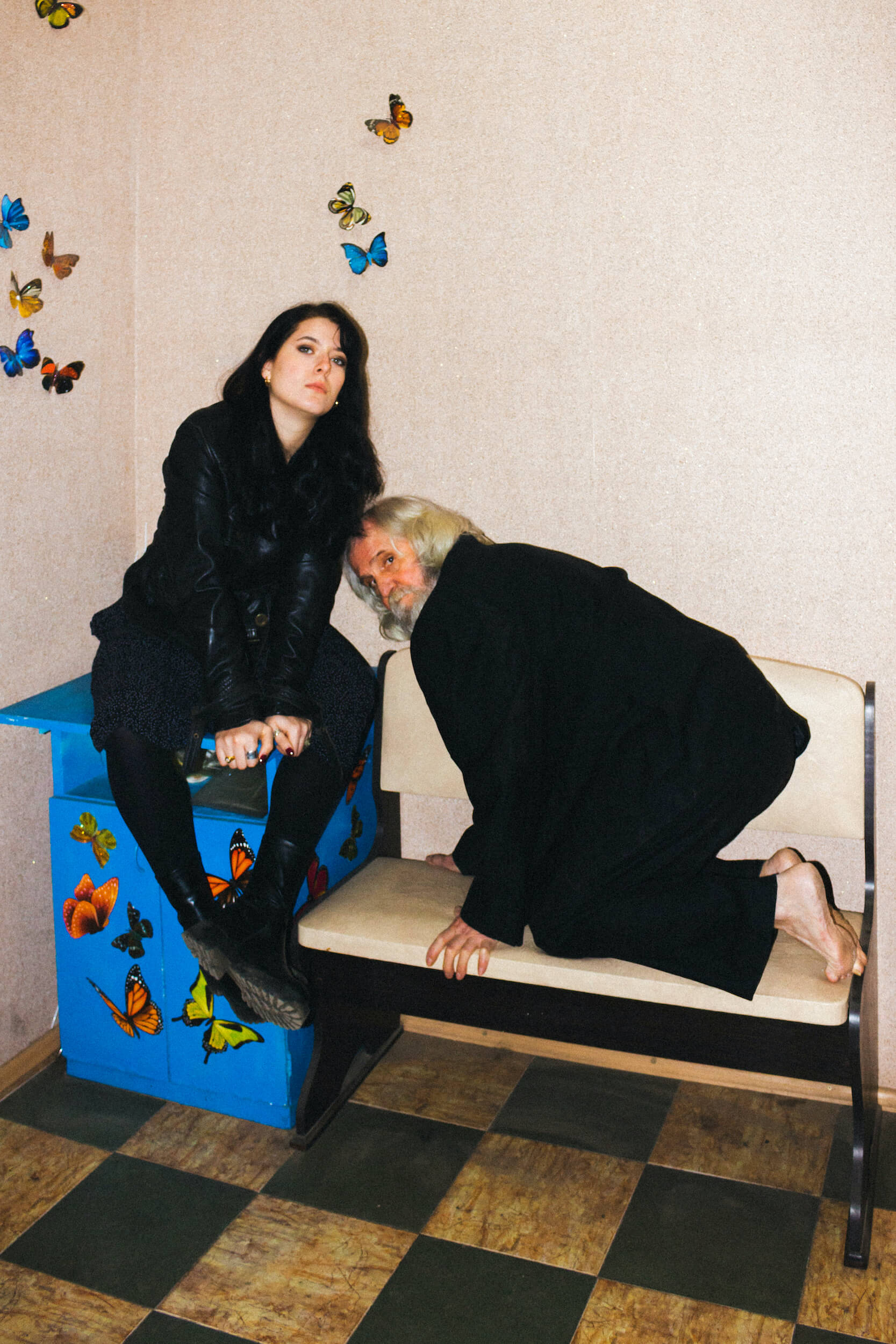
Various artists often say that getting naked is an act of trust toward the author. It’s not true in my case. I undress people because I want to see them naked. I like them that way, and I imagine myself in their place. I feel comfortable around naked people. I myself have no problem undressing in front of others.
Right from the get-go, I tell my models that it’s all about me and that the result is my responsibility. This way, all they expect is to participate in a curious activity and get a bunch of weird photos in return.
All my models expect is to participate in a curious activity and get a bunch of weird photos in return.
Before I joined the army, I could have three to four photoshoots per week and then just one the following month. I made it a point to keep a folder on my Google Drive for ideas, text descriptions, references, and someone else’s ideas I would enjoy putting my own spin on. Now my creative process has come to a halt. Living without photography is hard, that’s for sure. I did film a few things here and there over this time, but those were off-the-hip shots without proper preparations. Besides, I stopped thinking in creative categories — my head is full of other things as it is. I feel like I have been mute, unable to say anything for almost a year already.
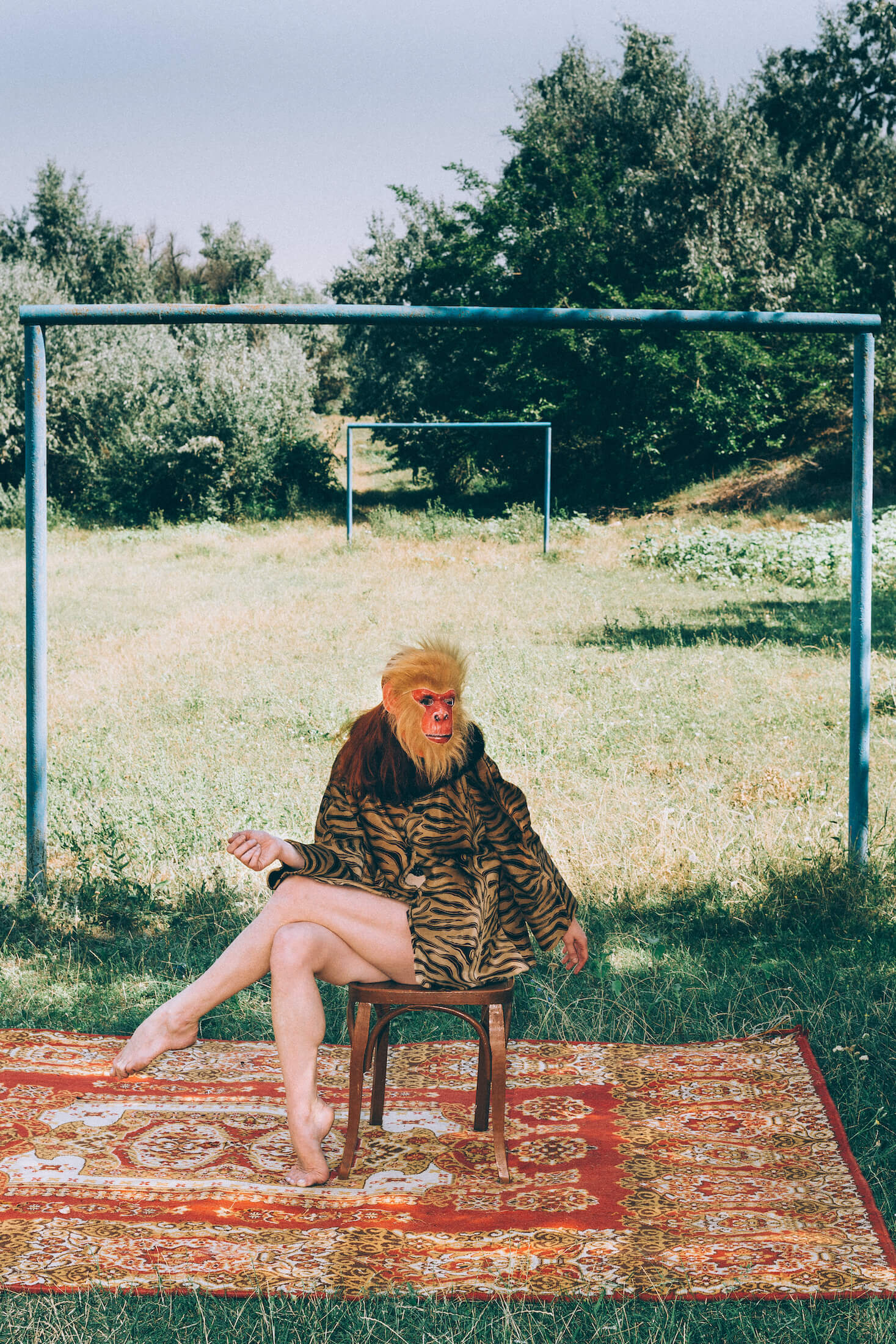
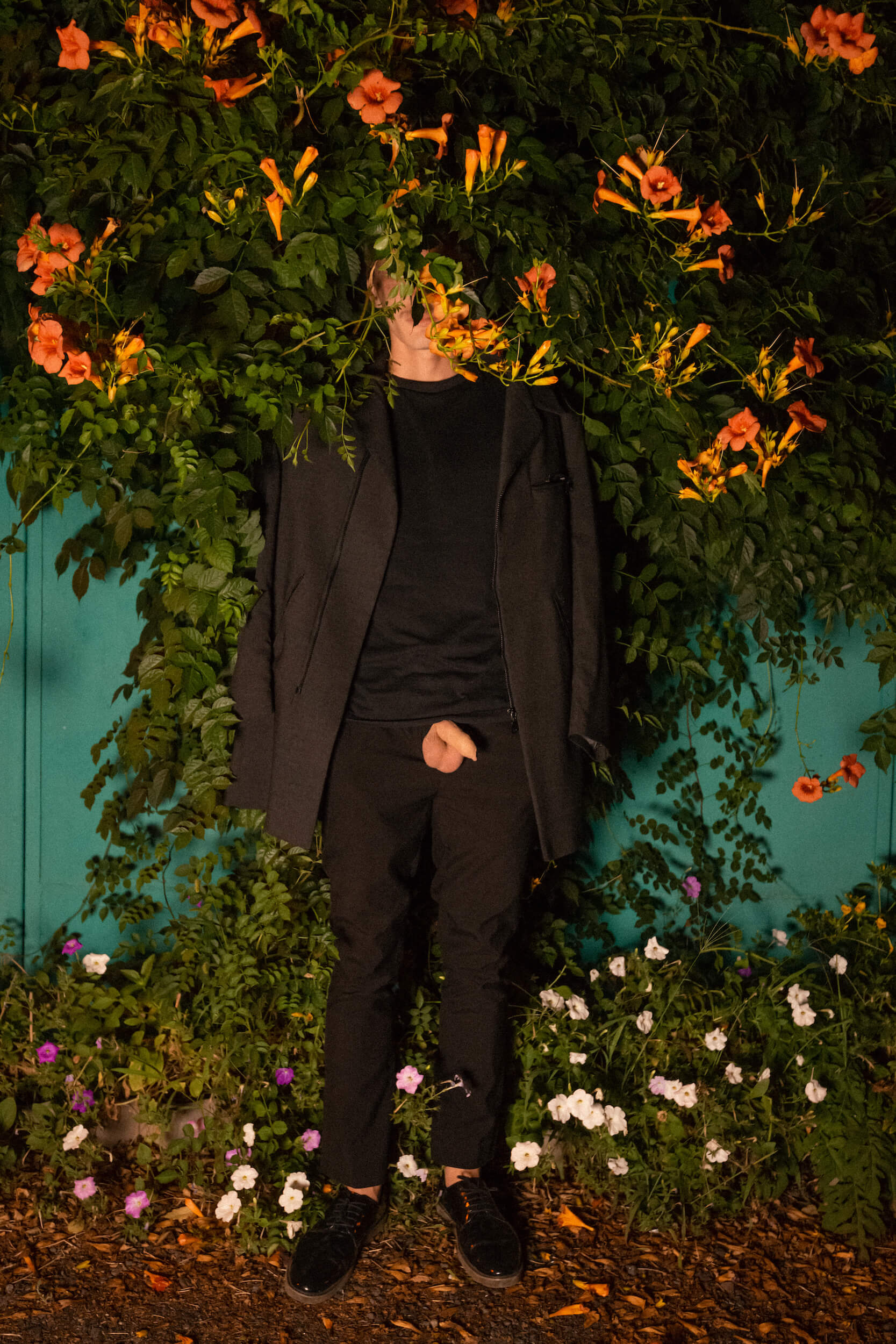
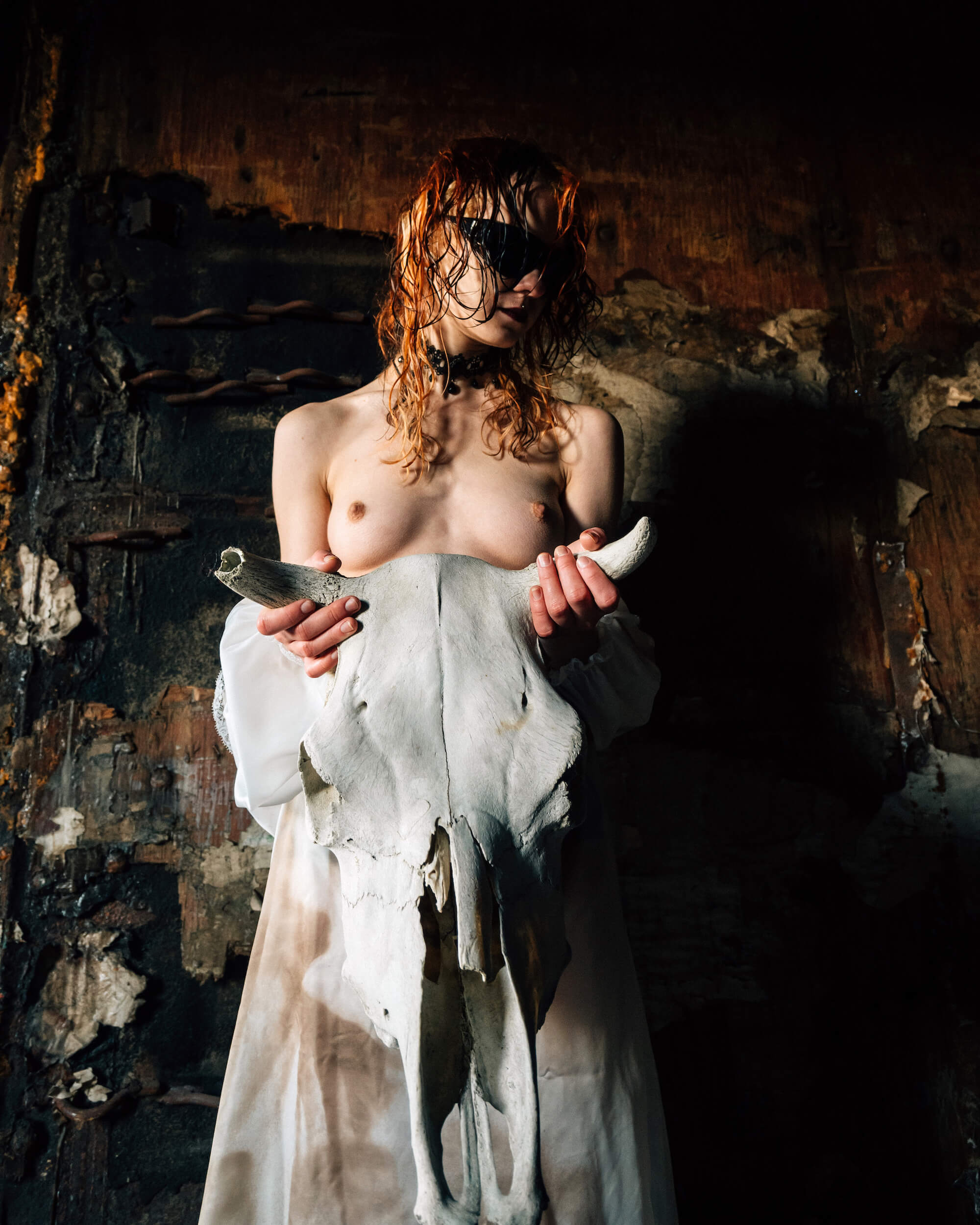

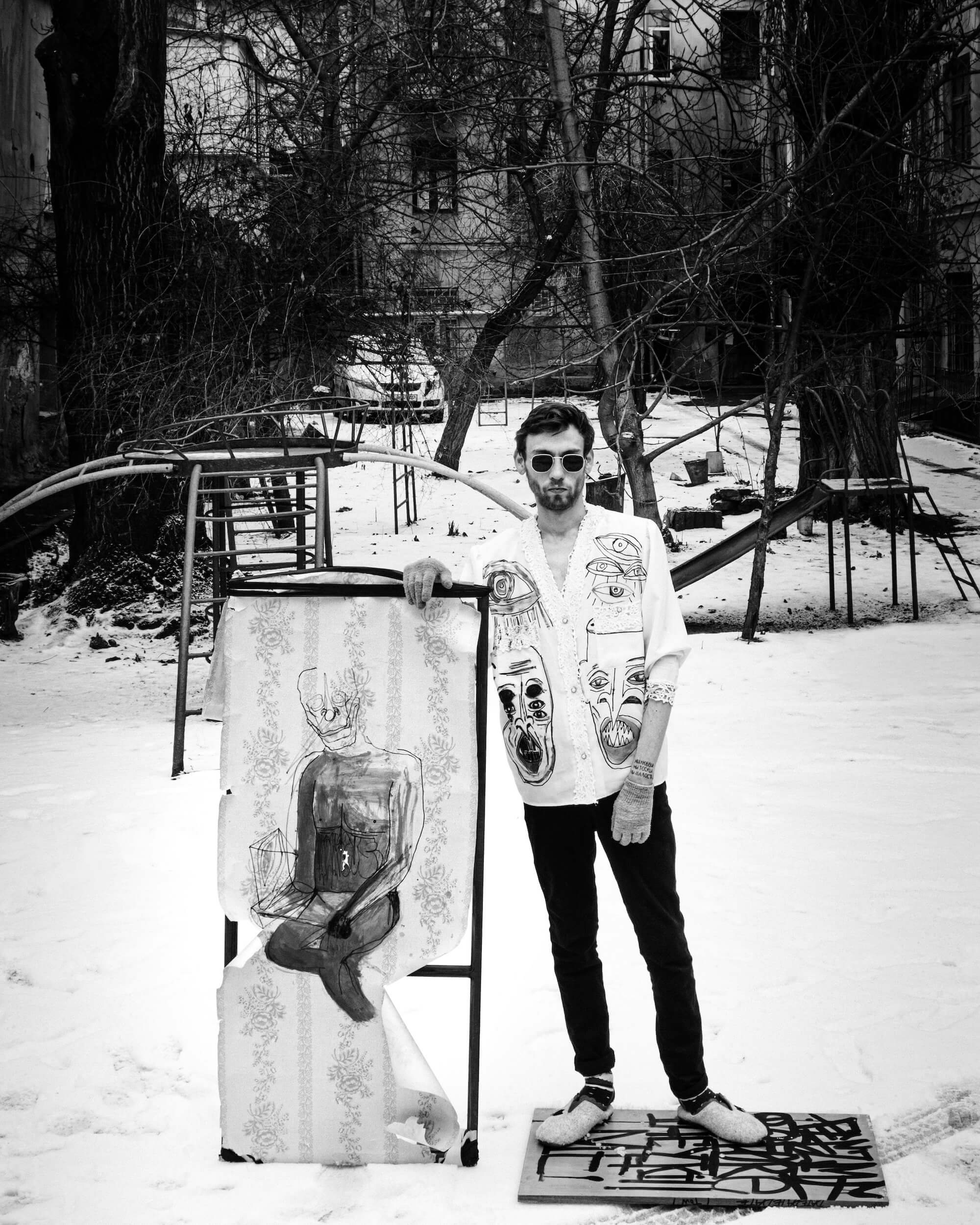
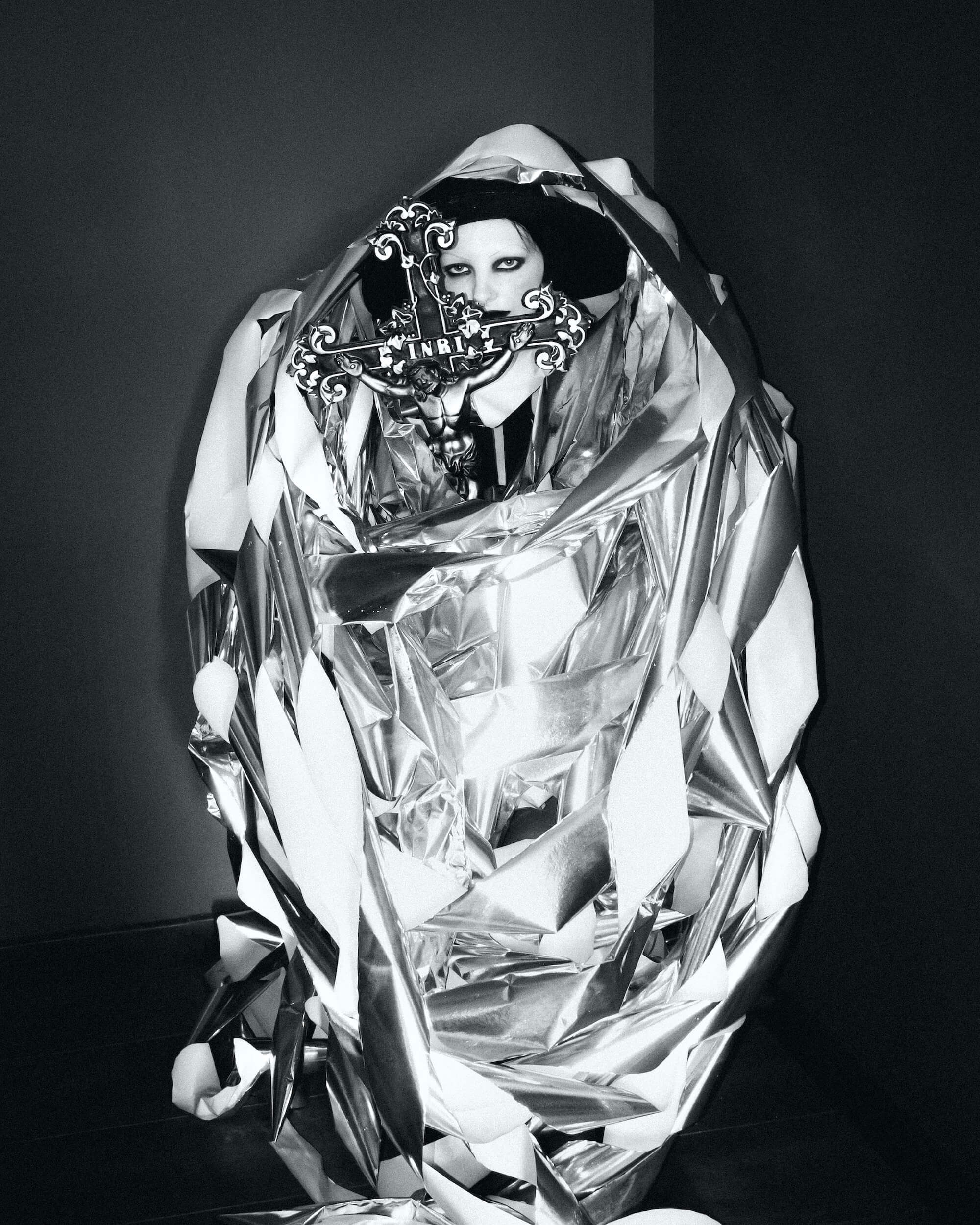
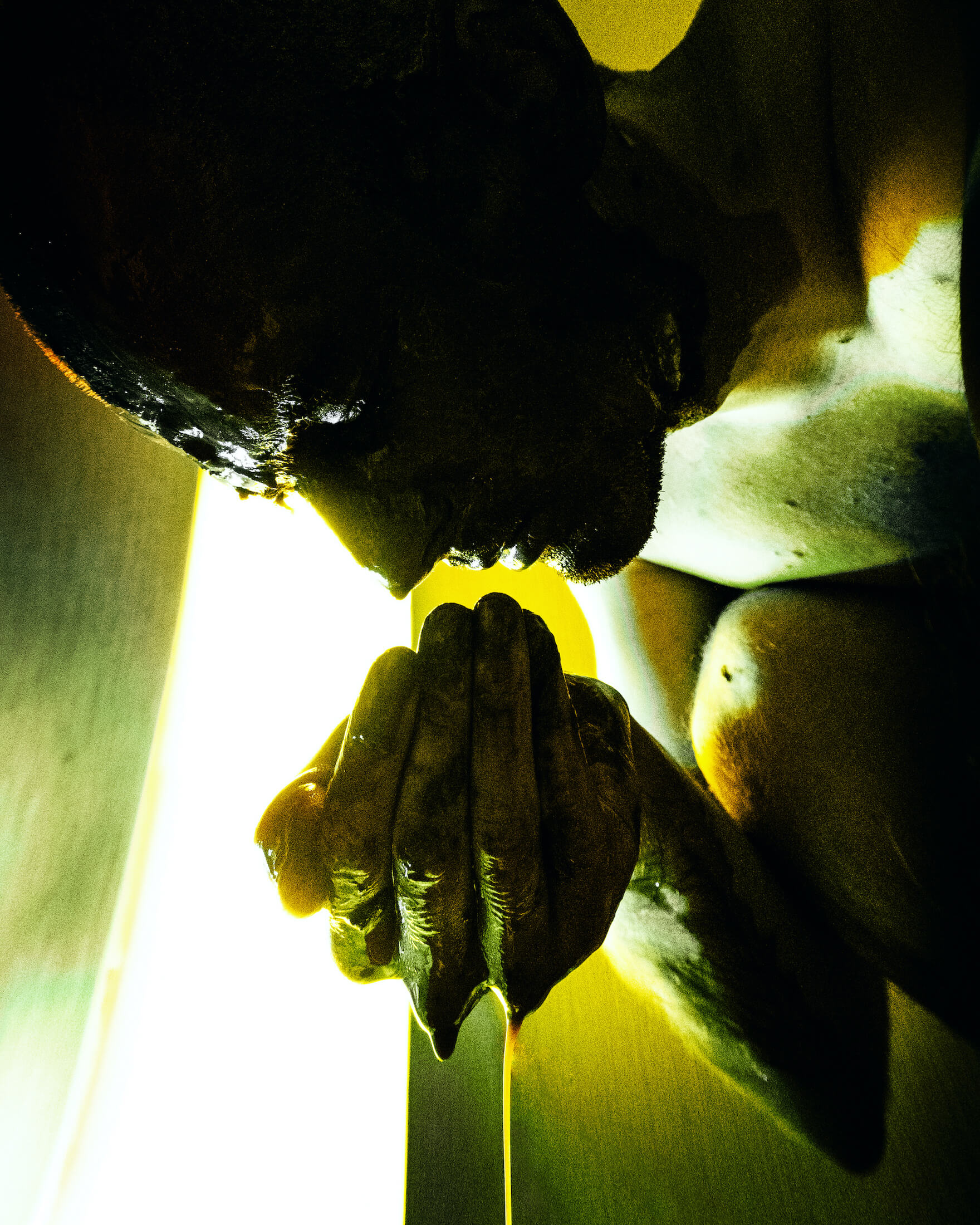
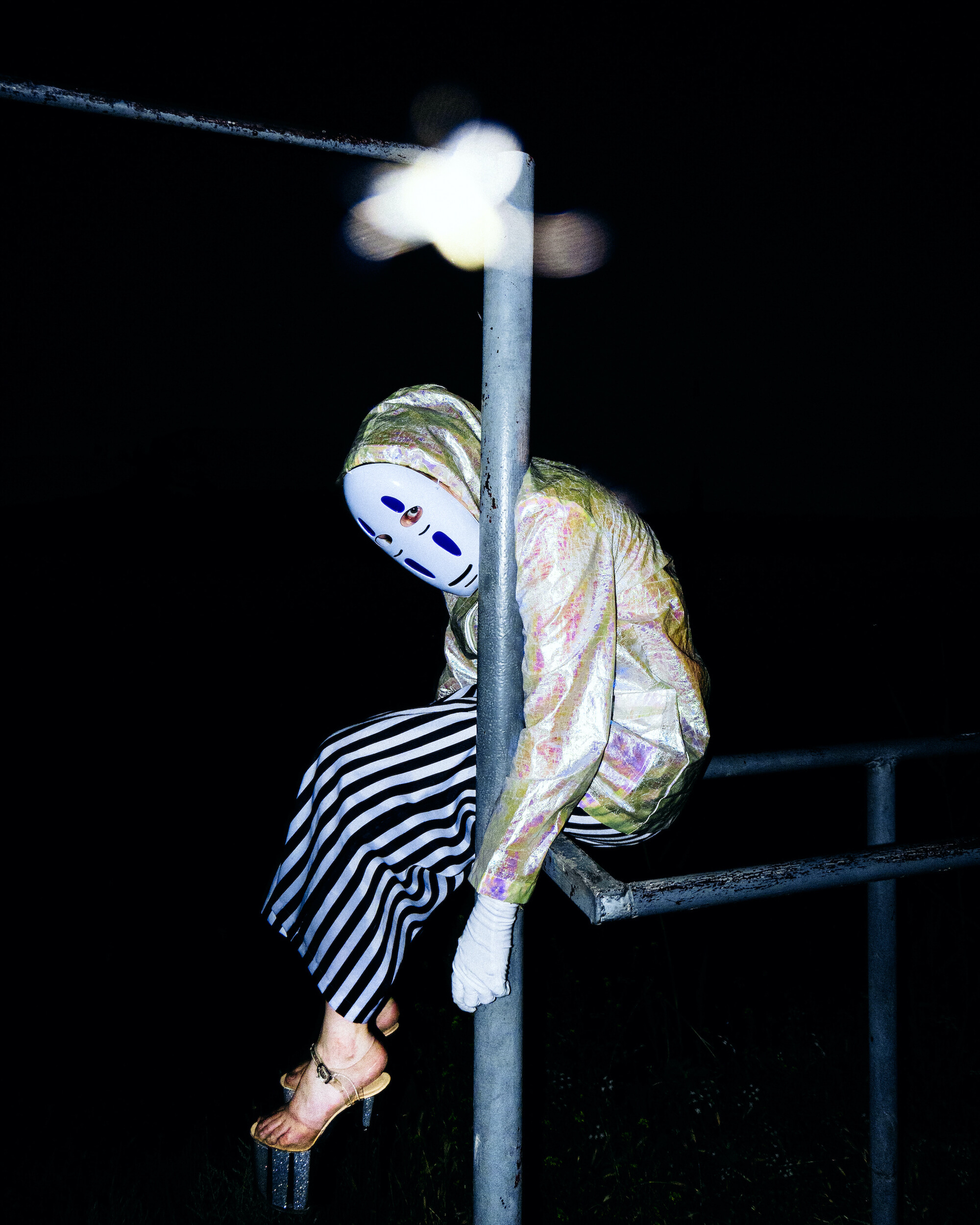
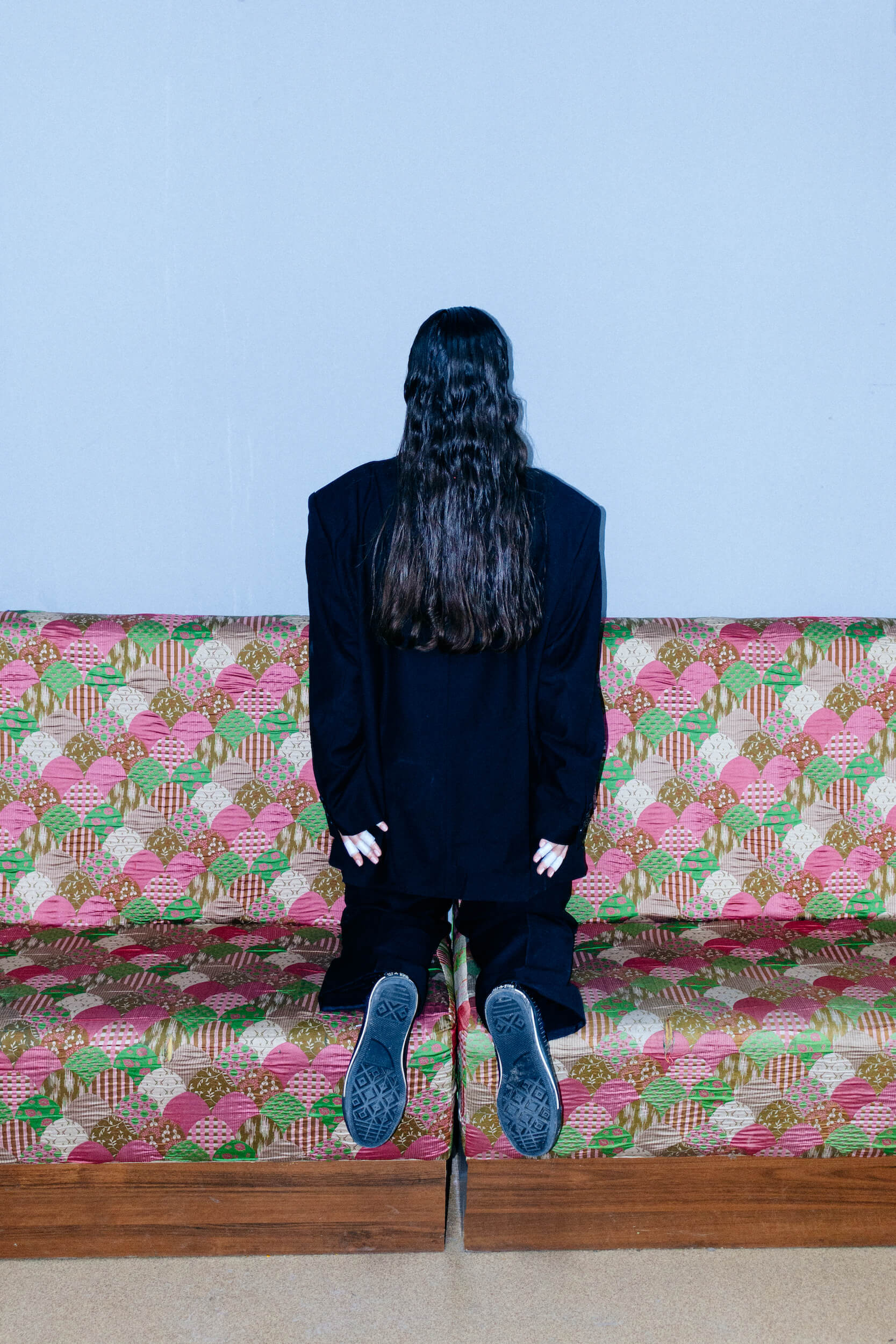
New and best
